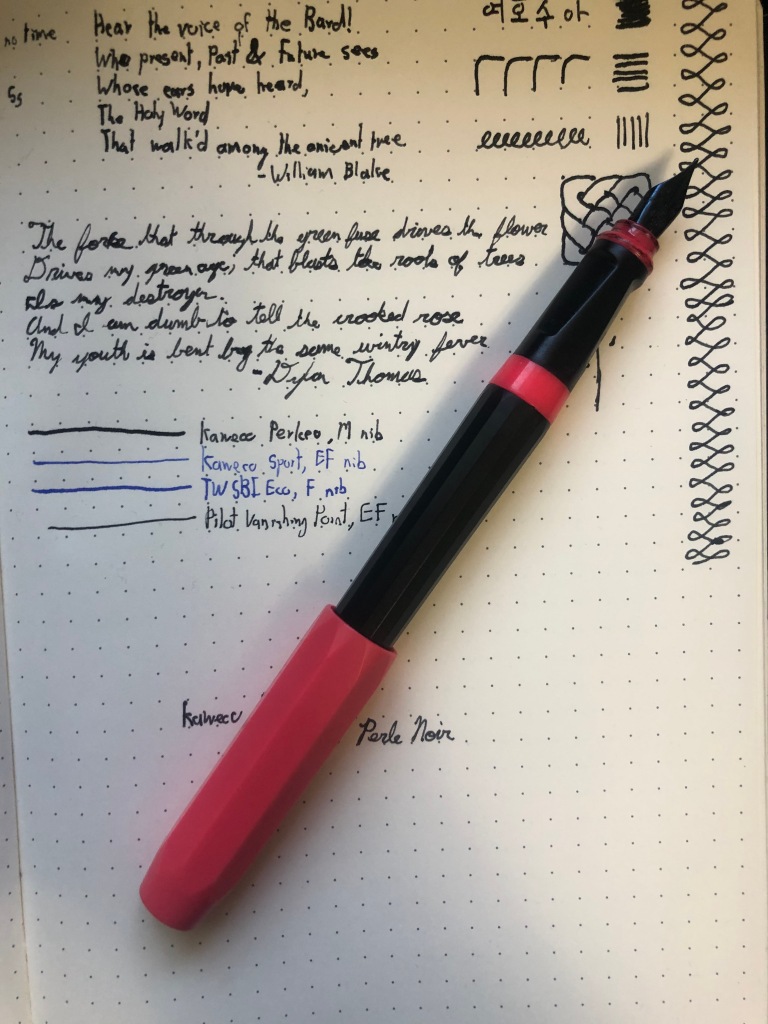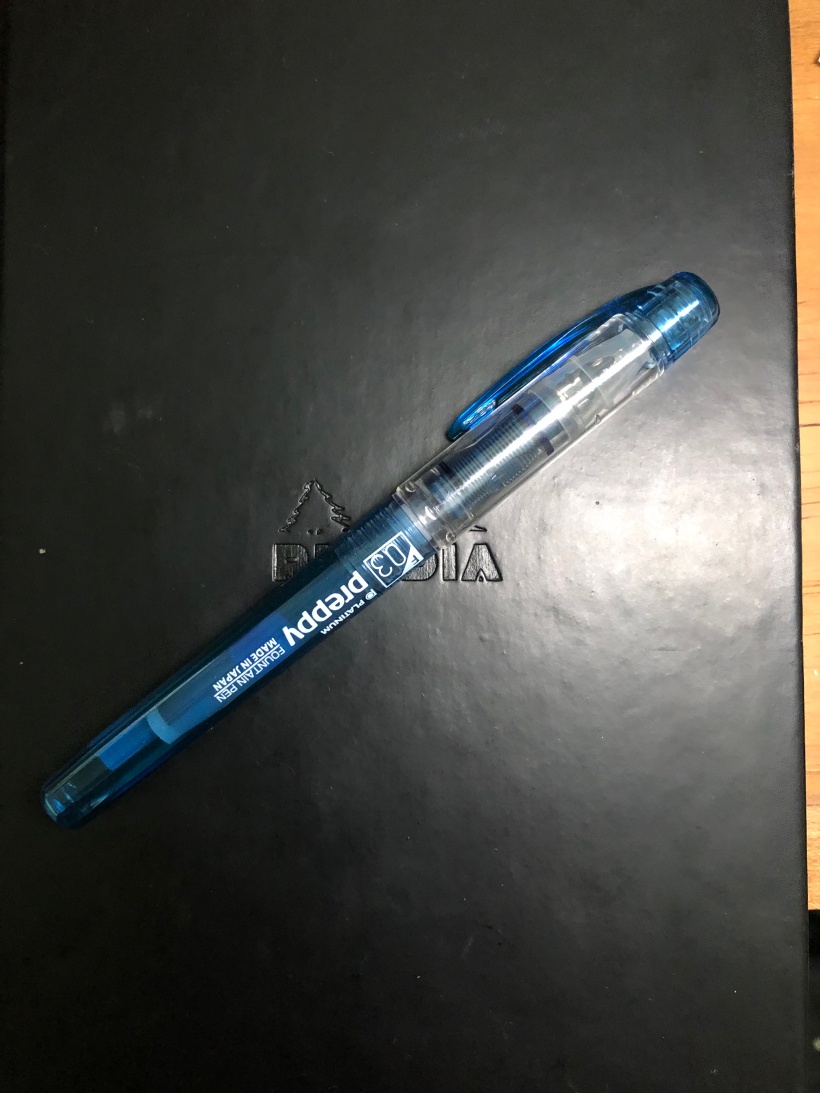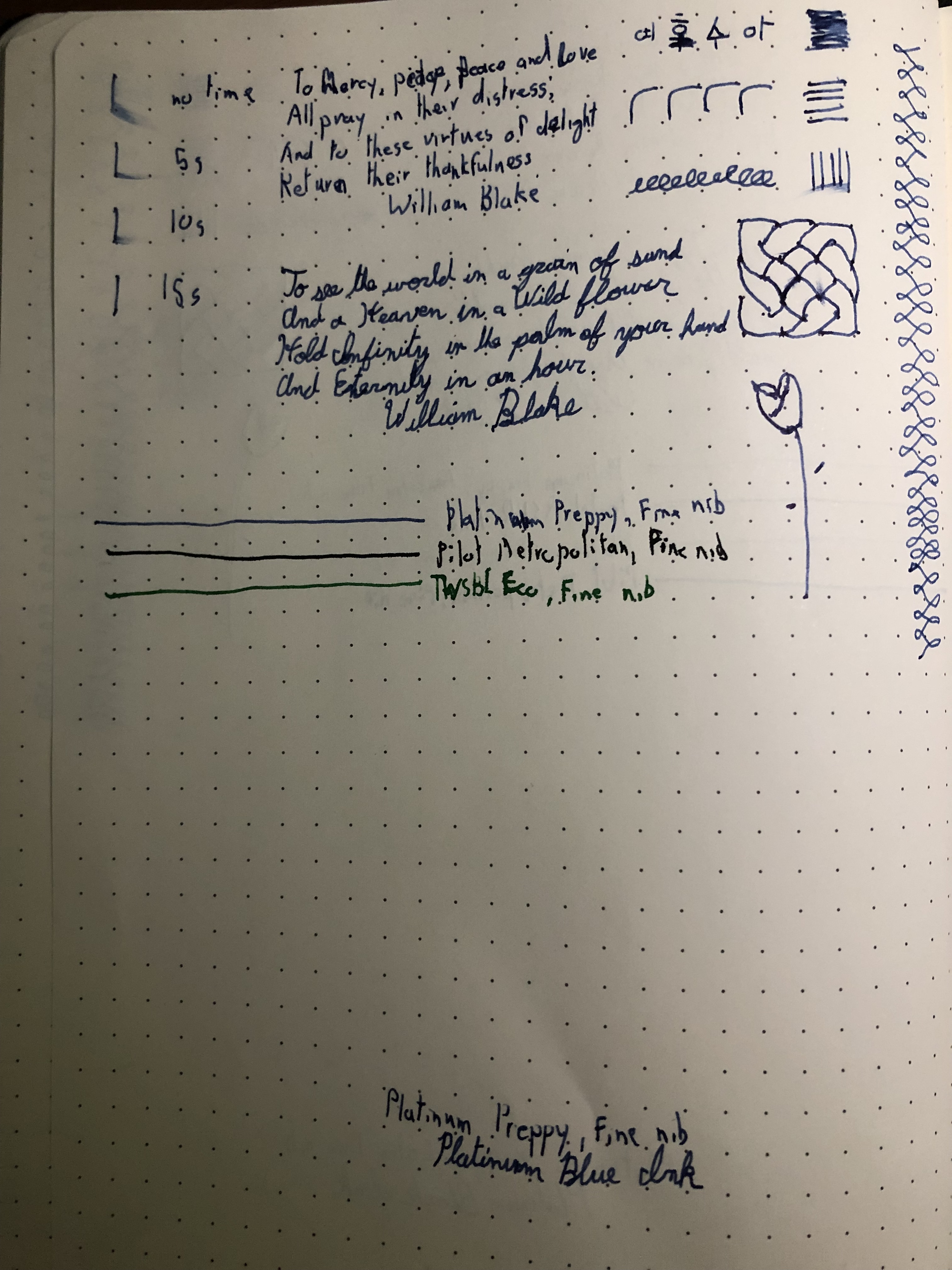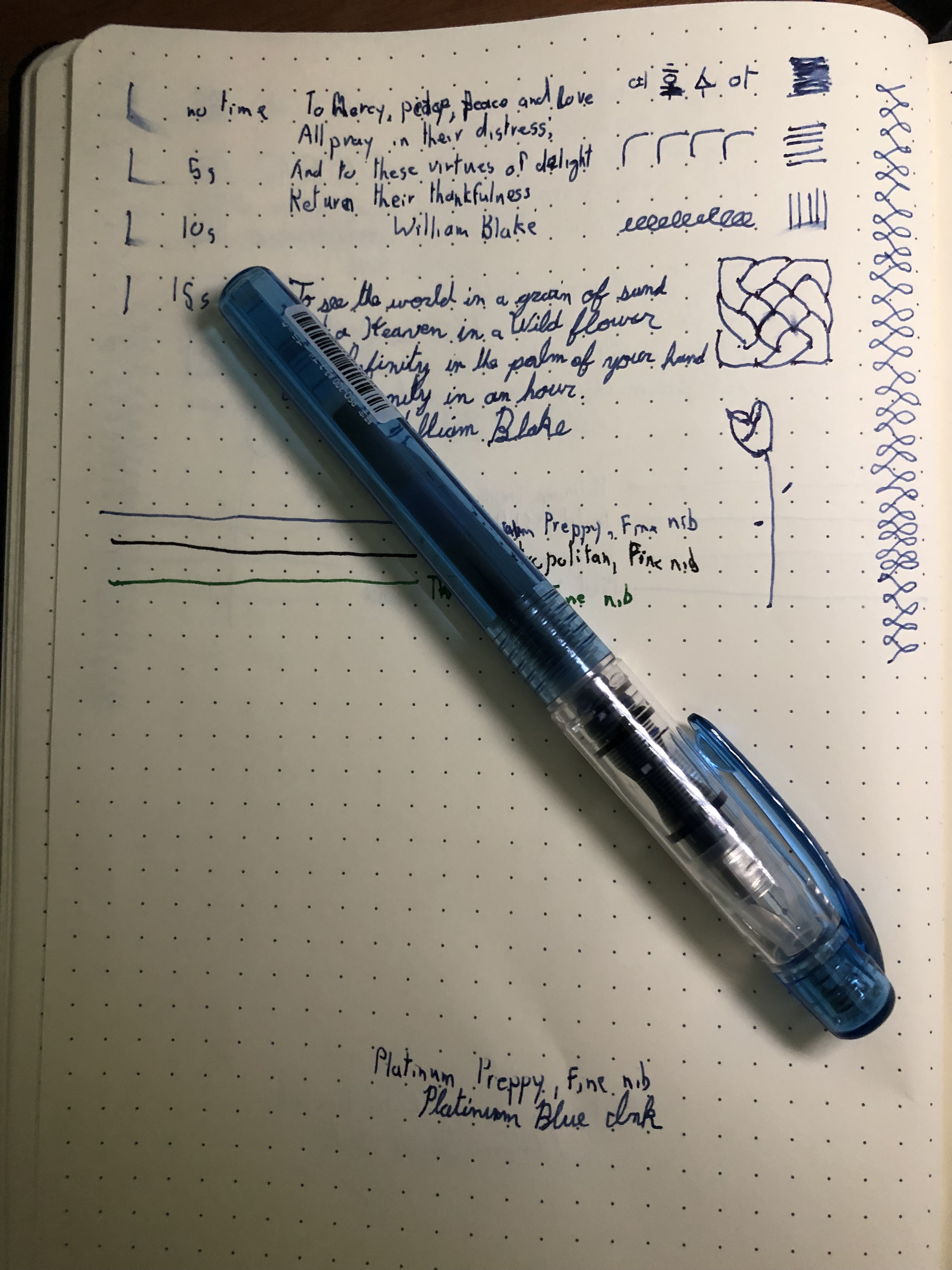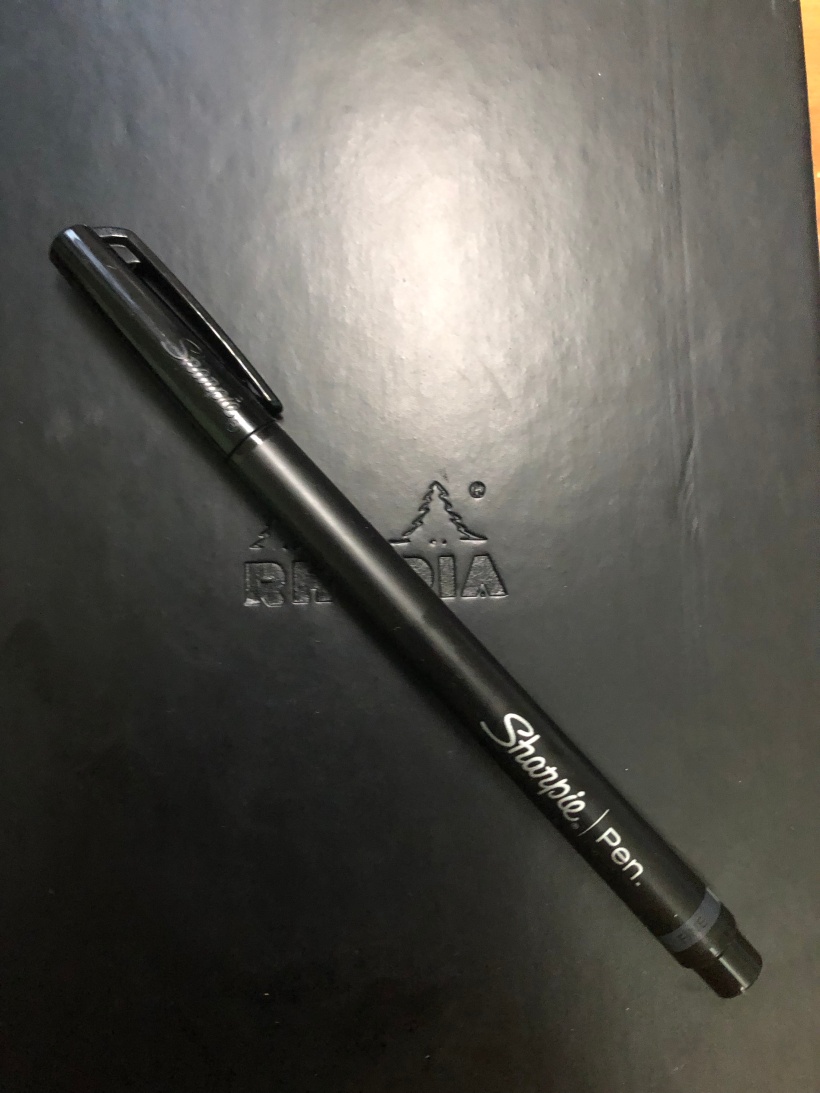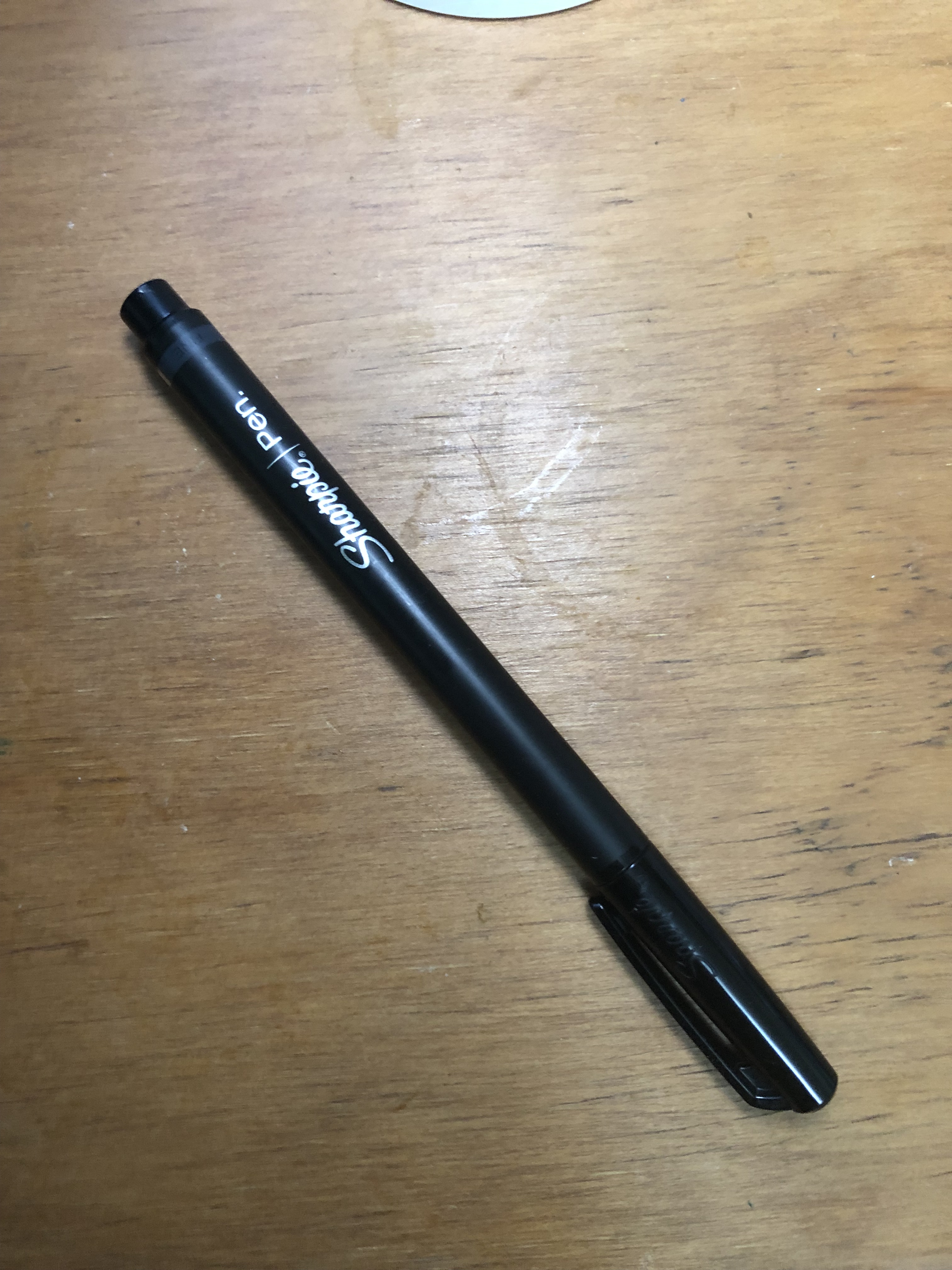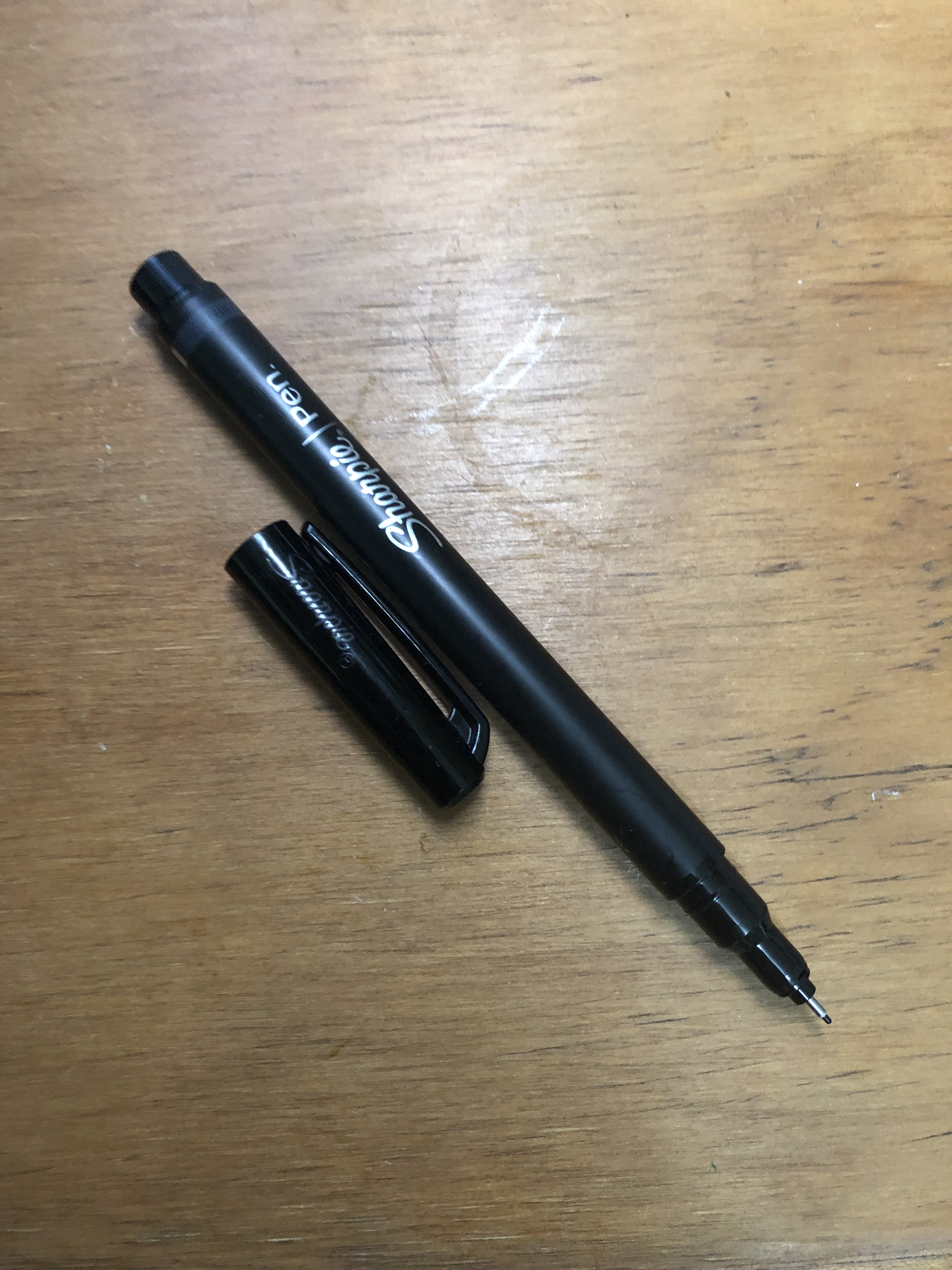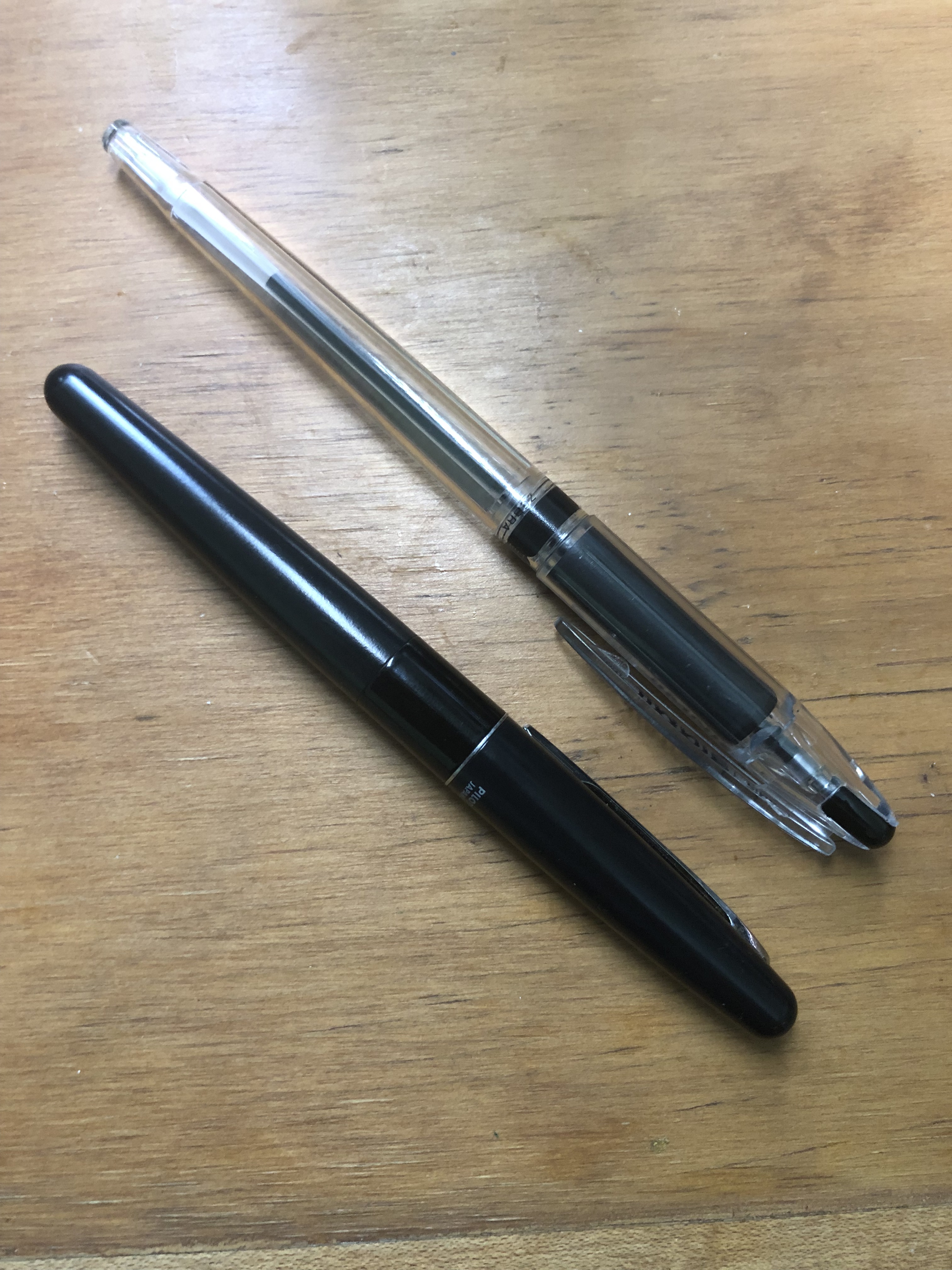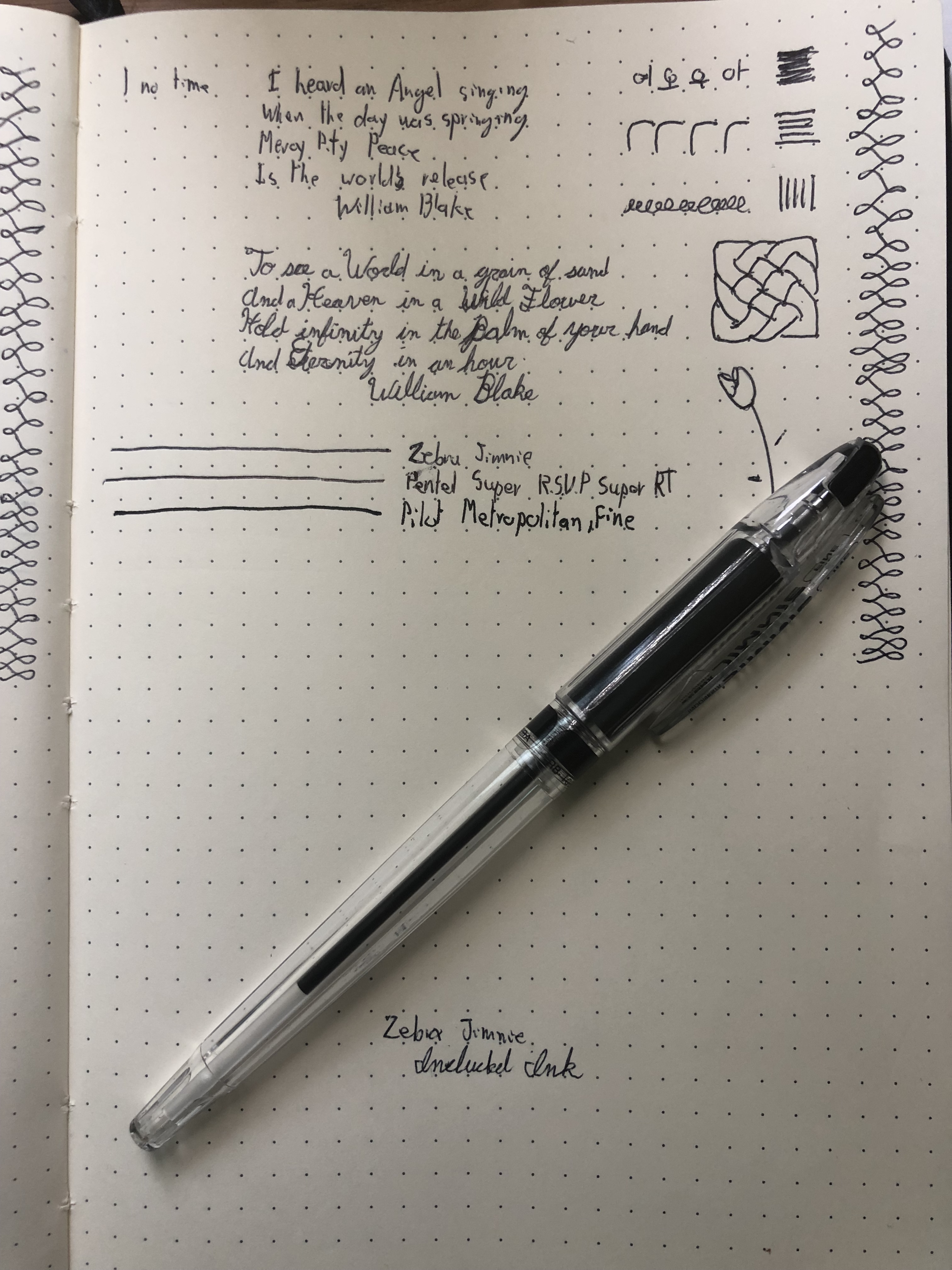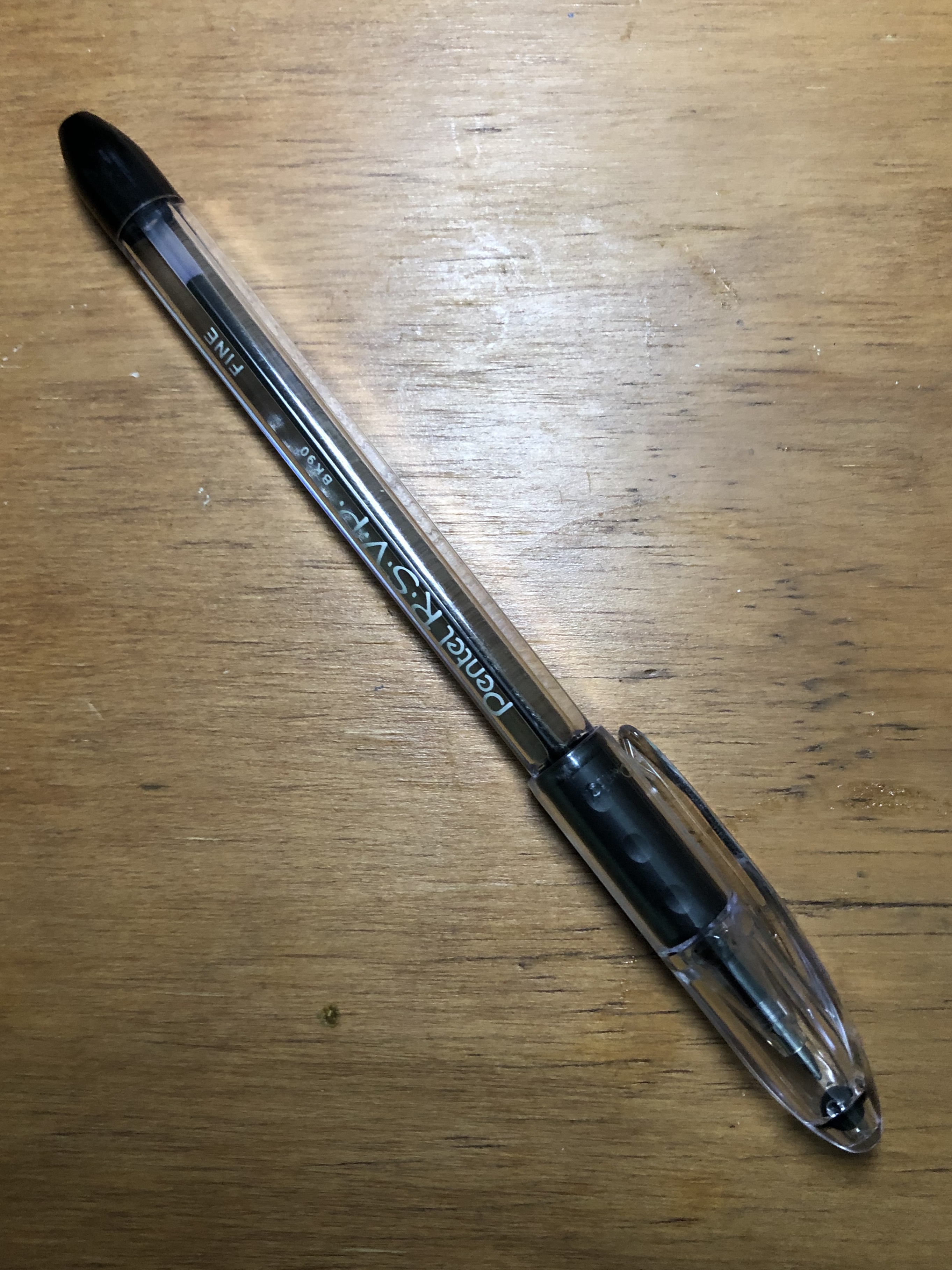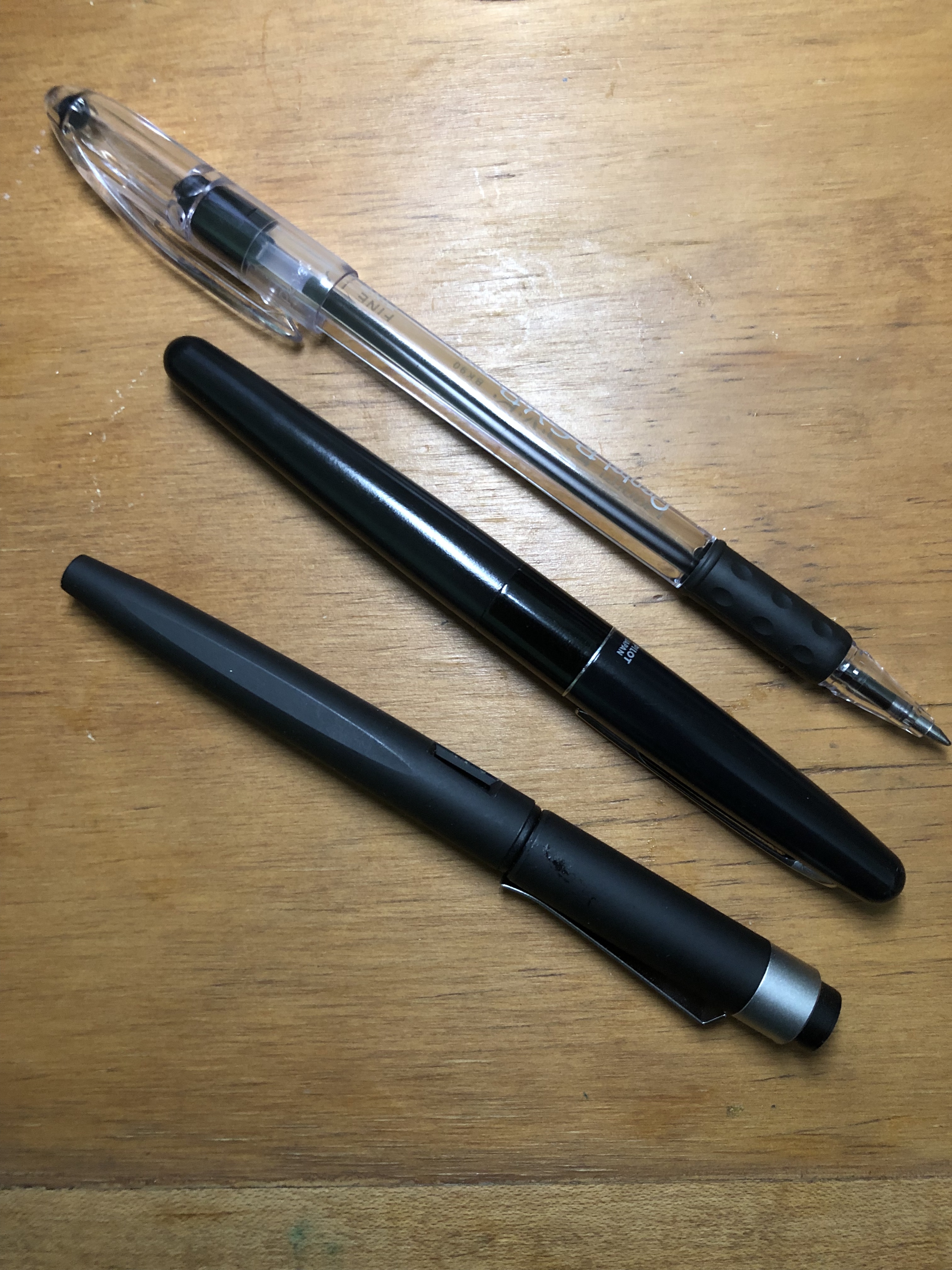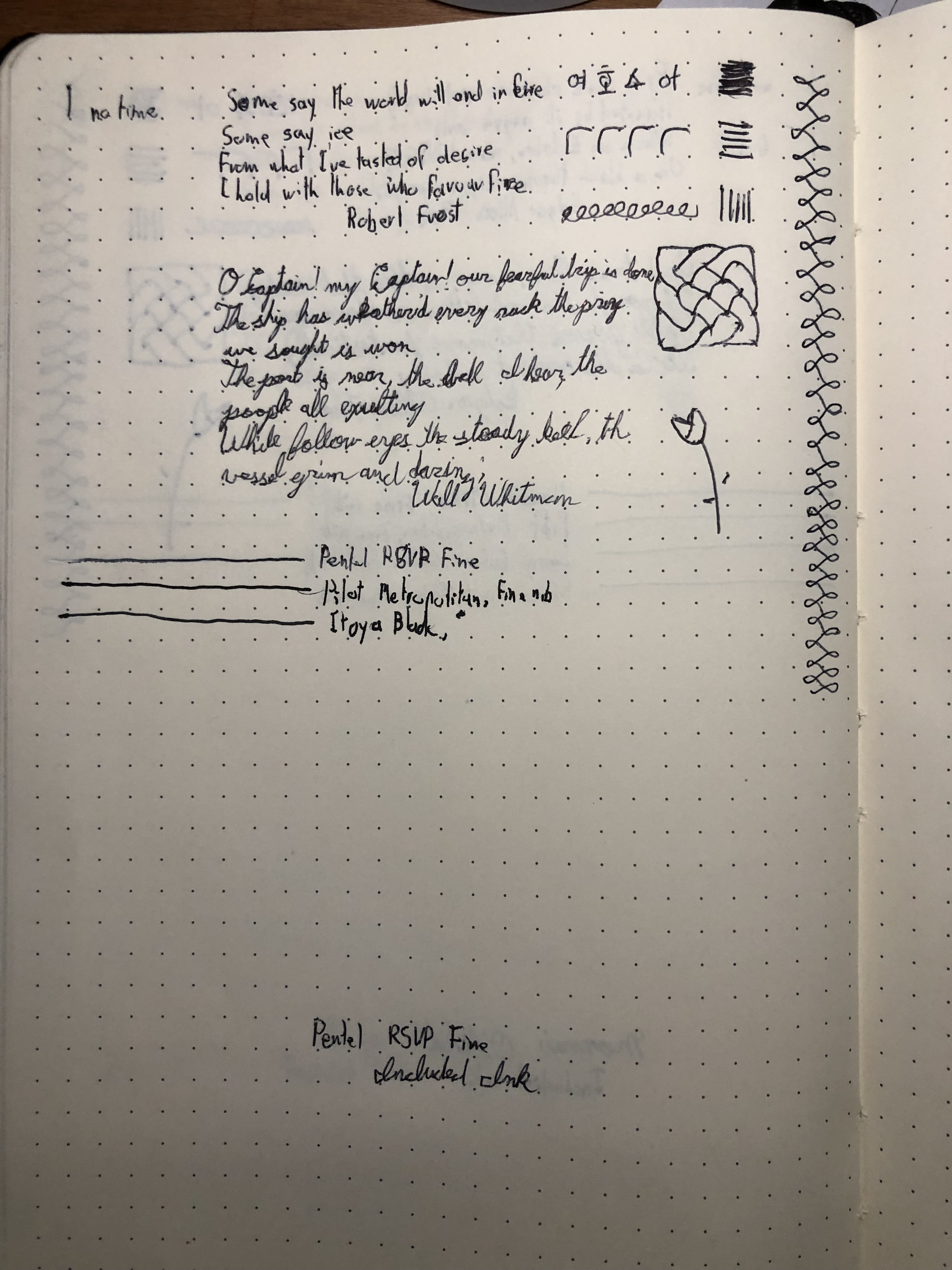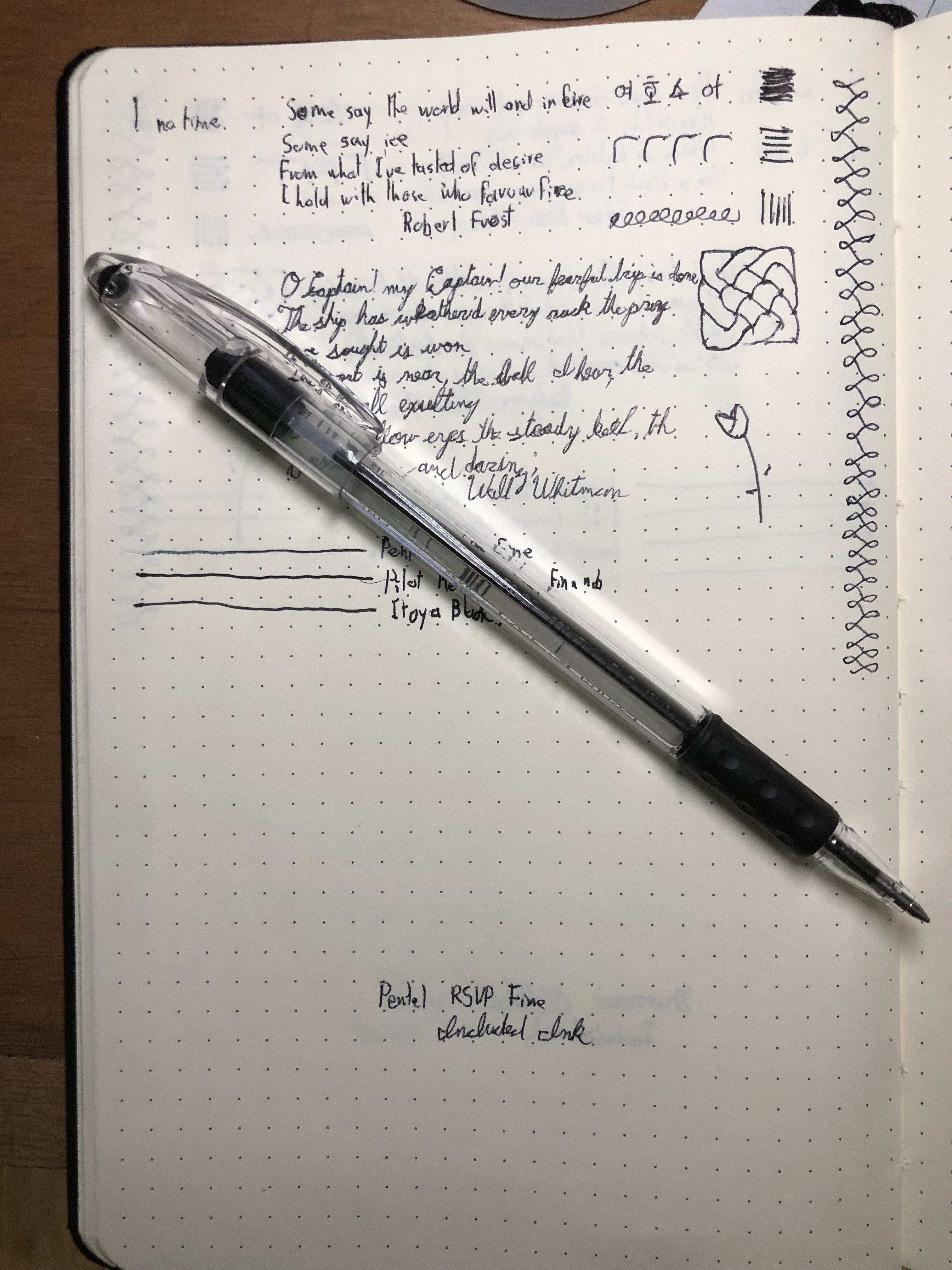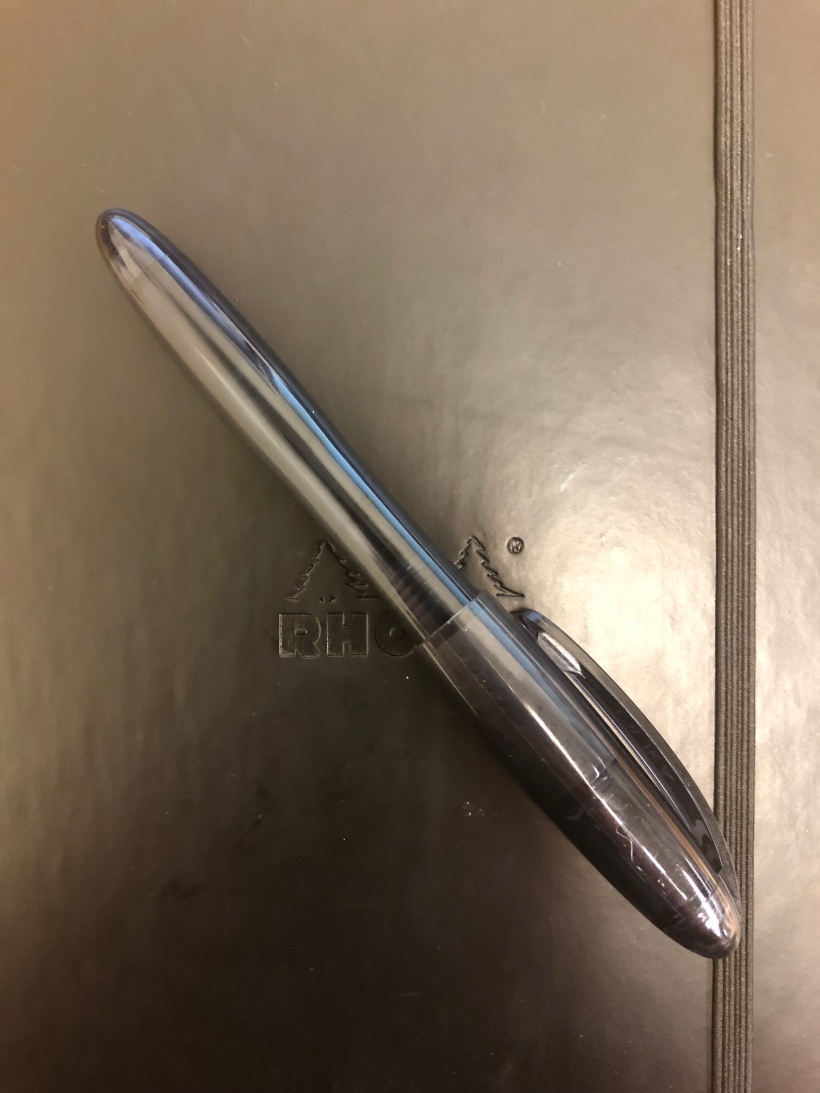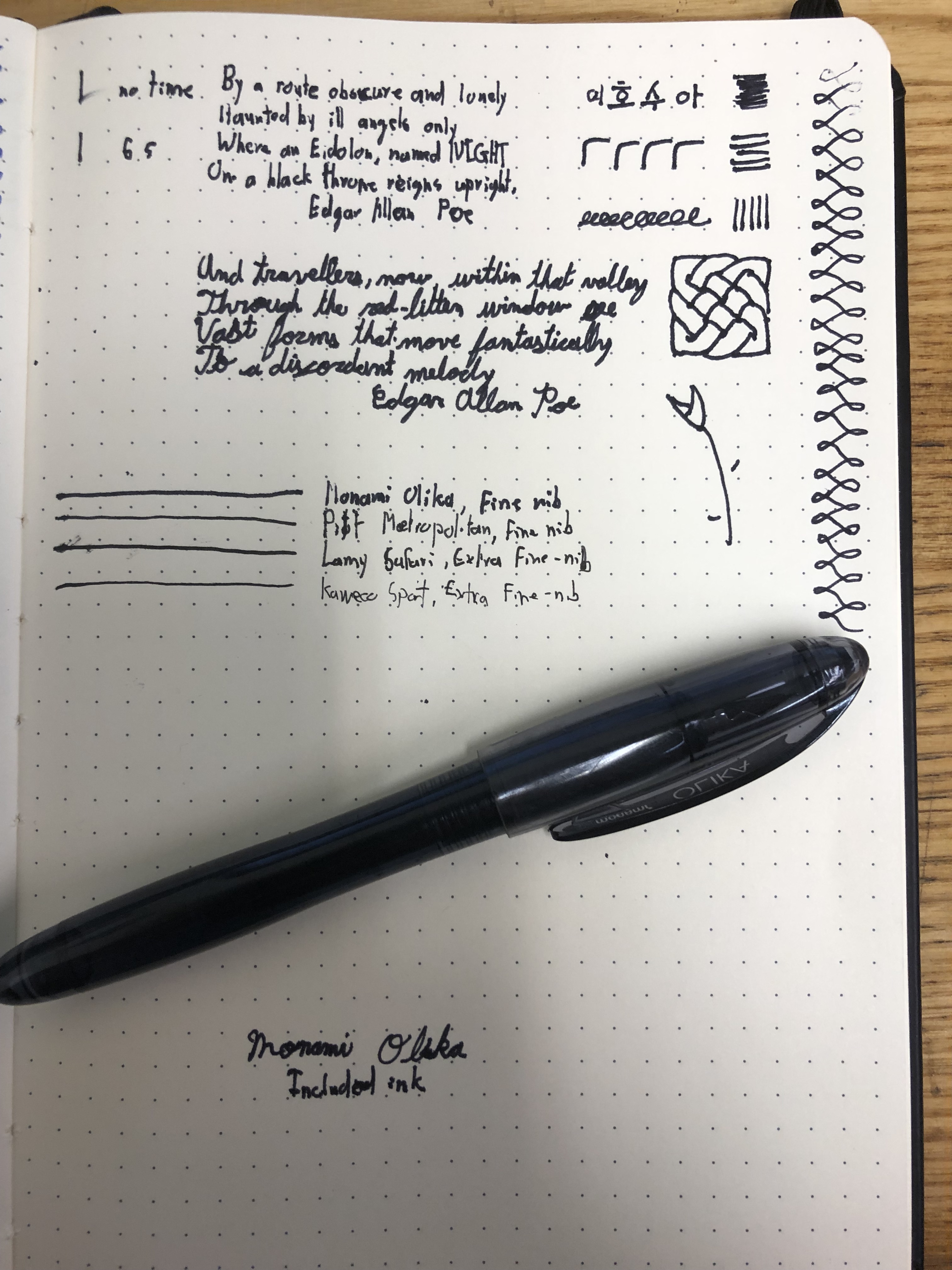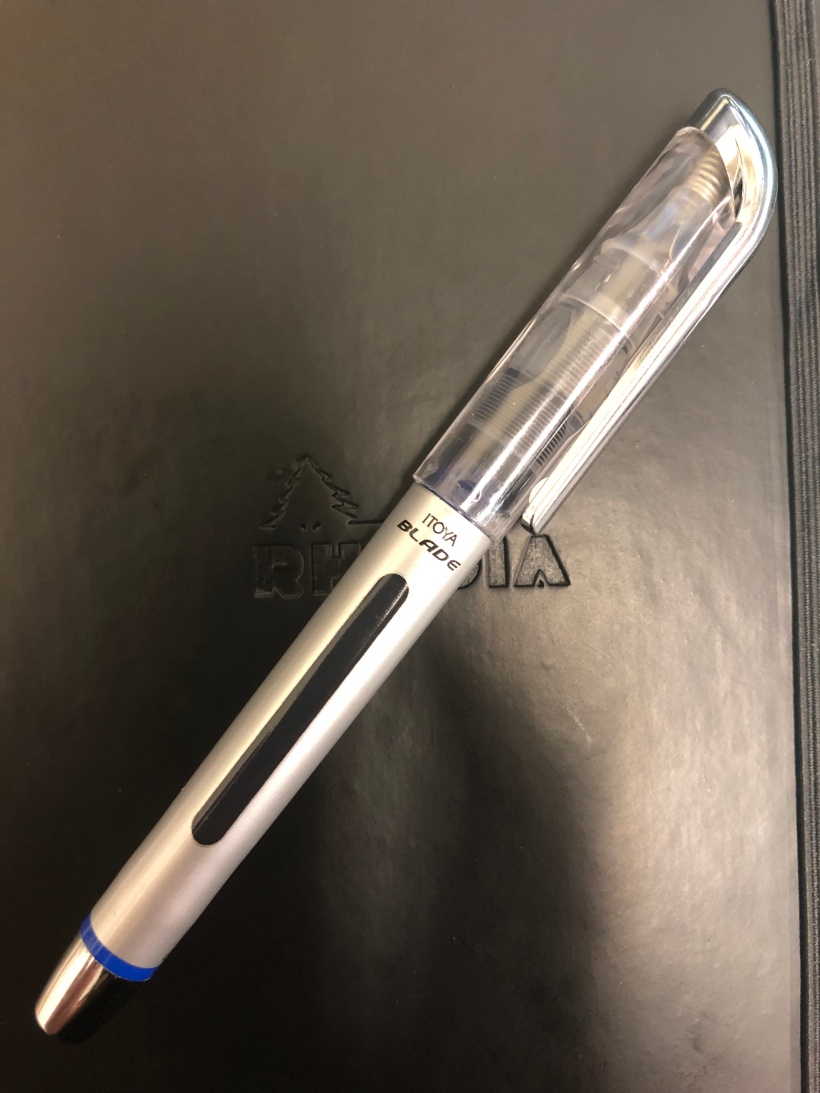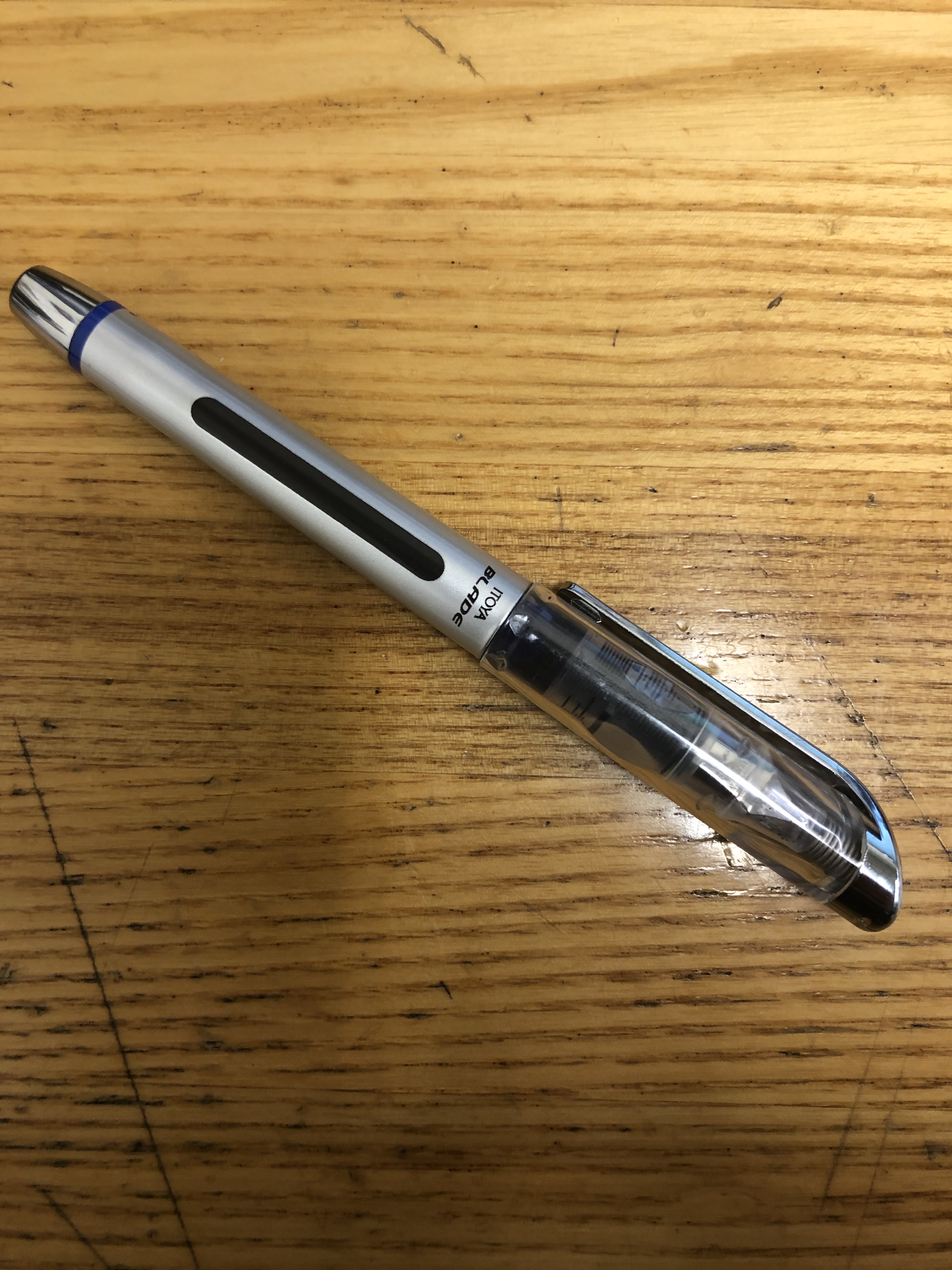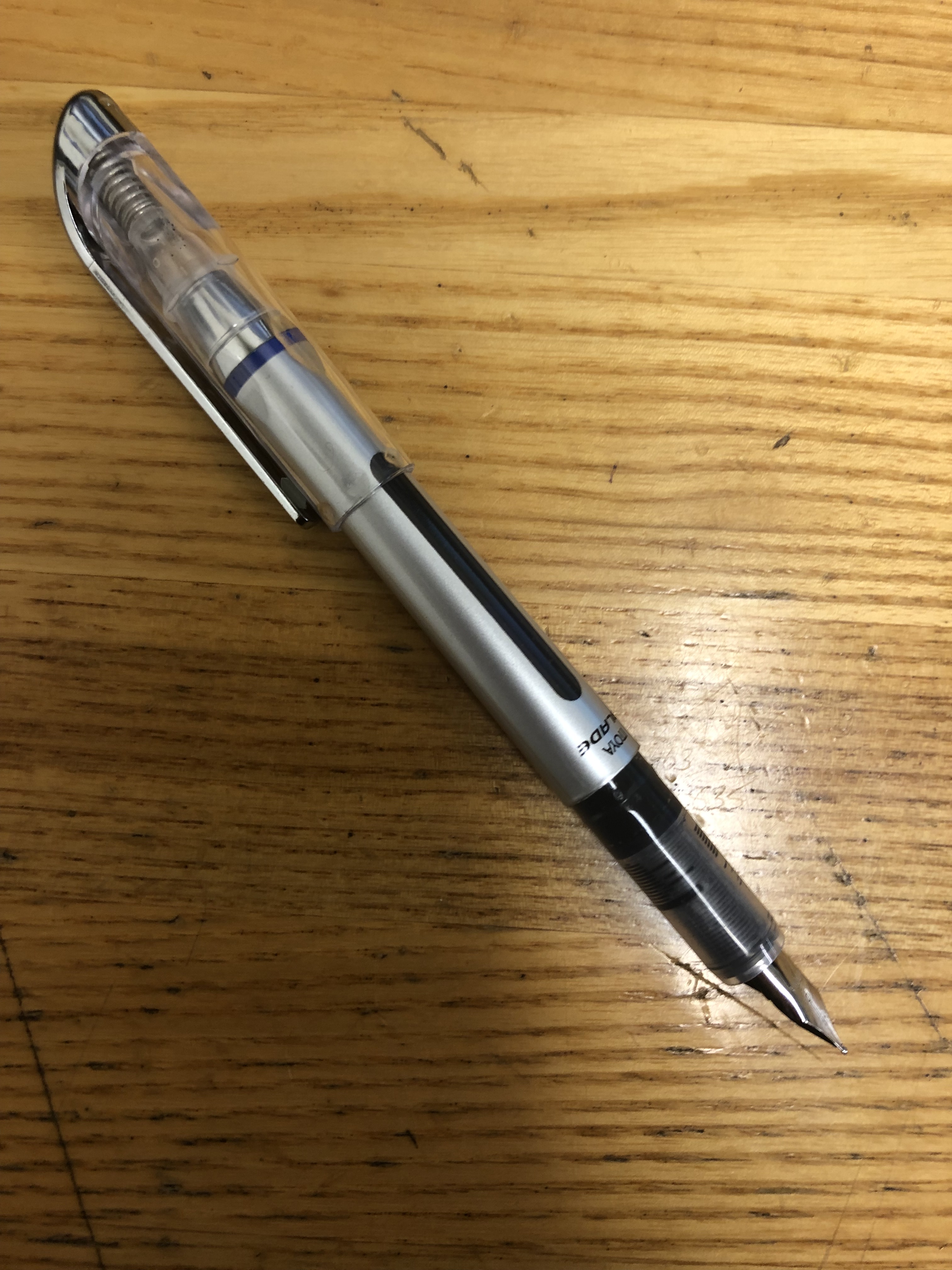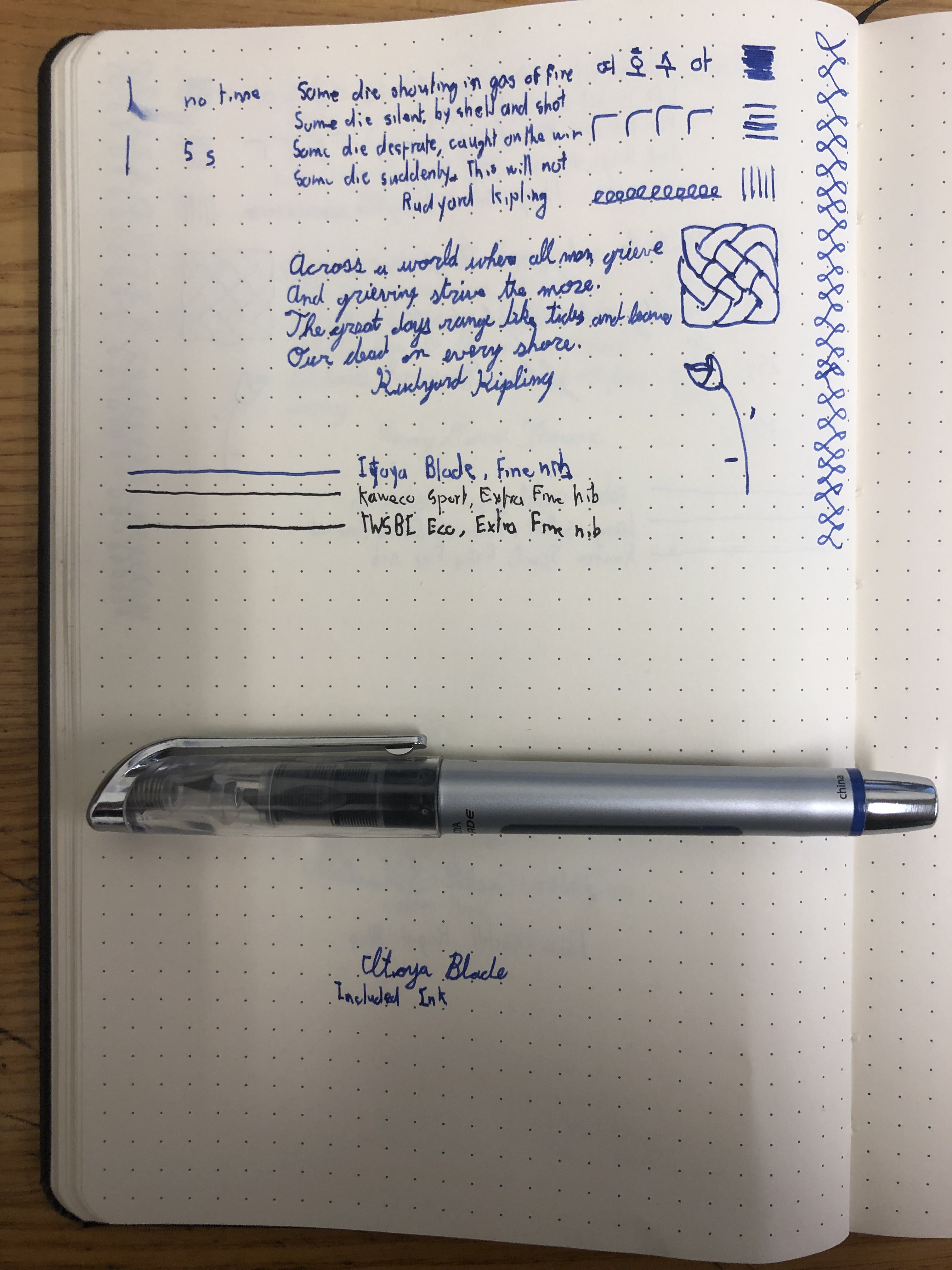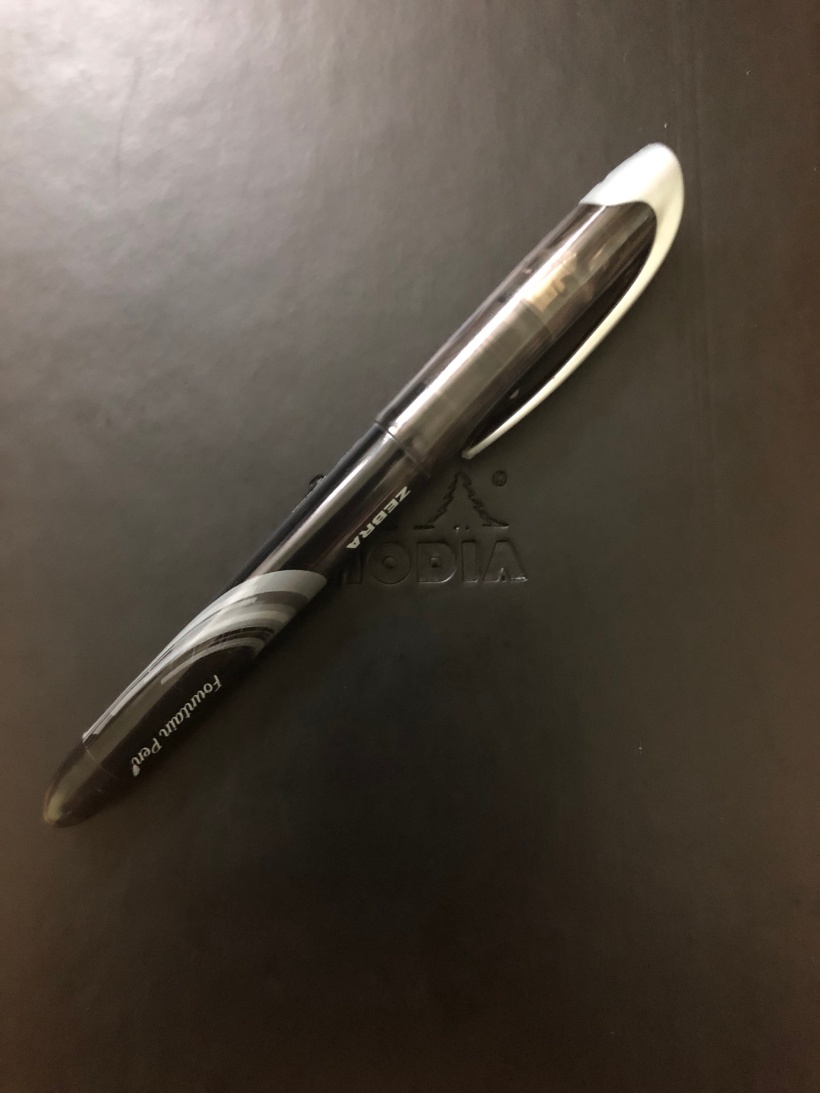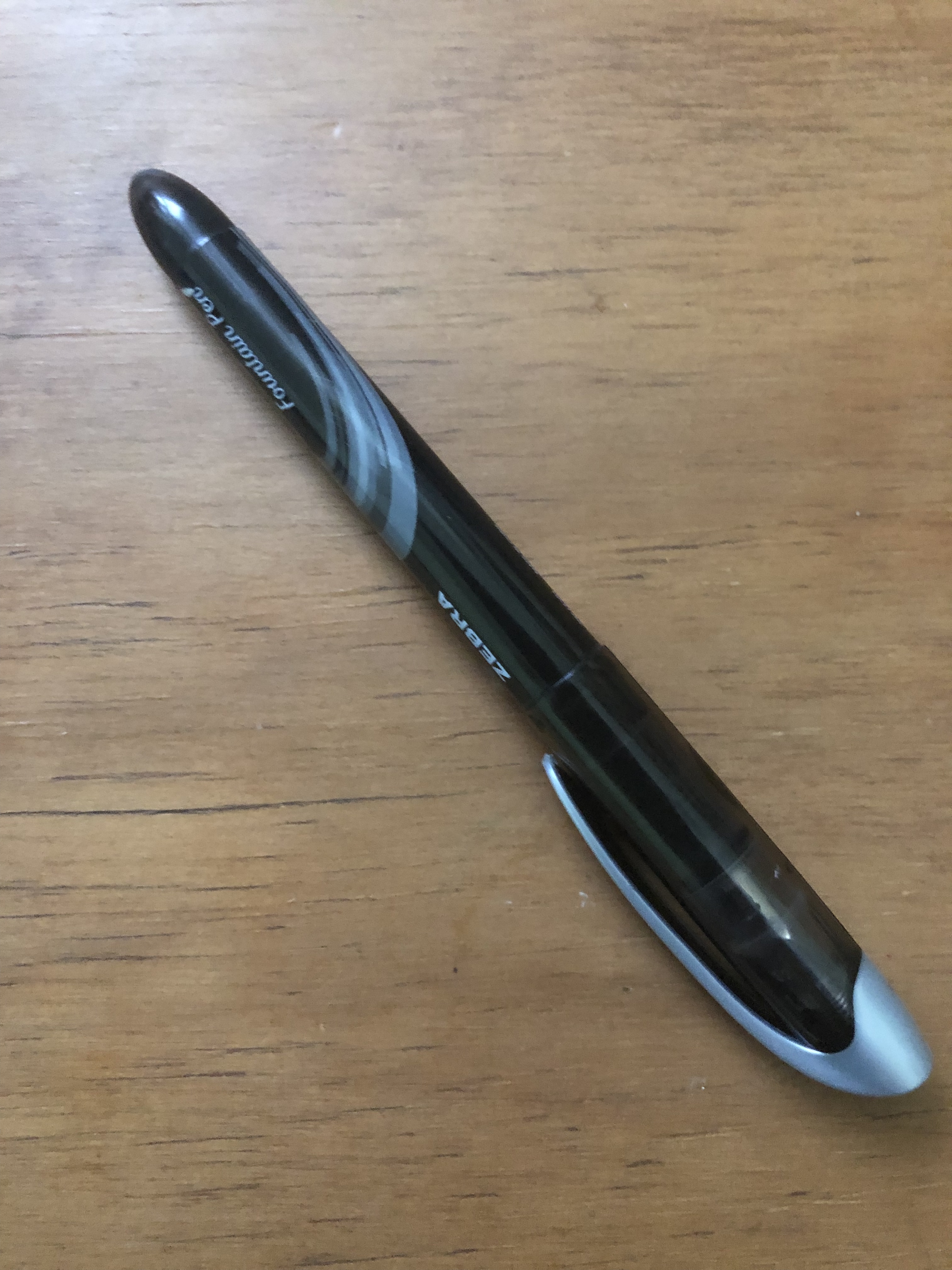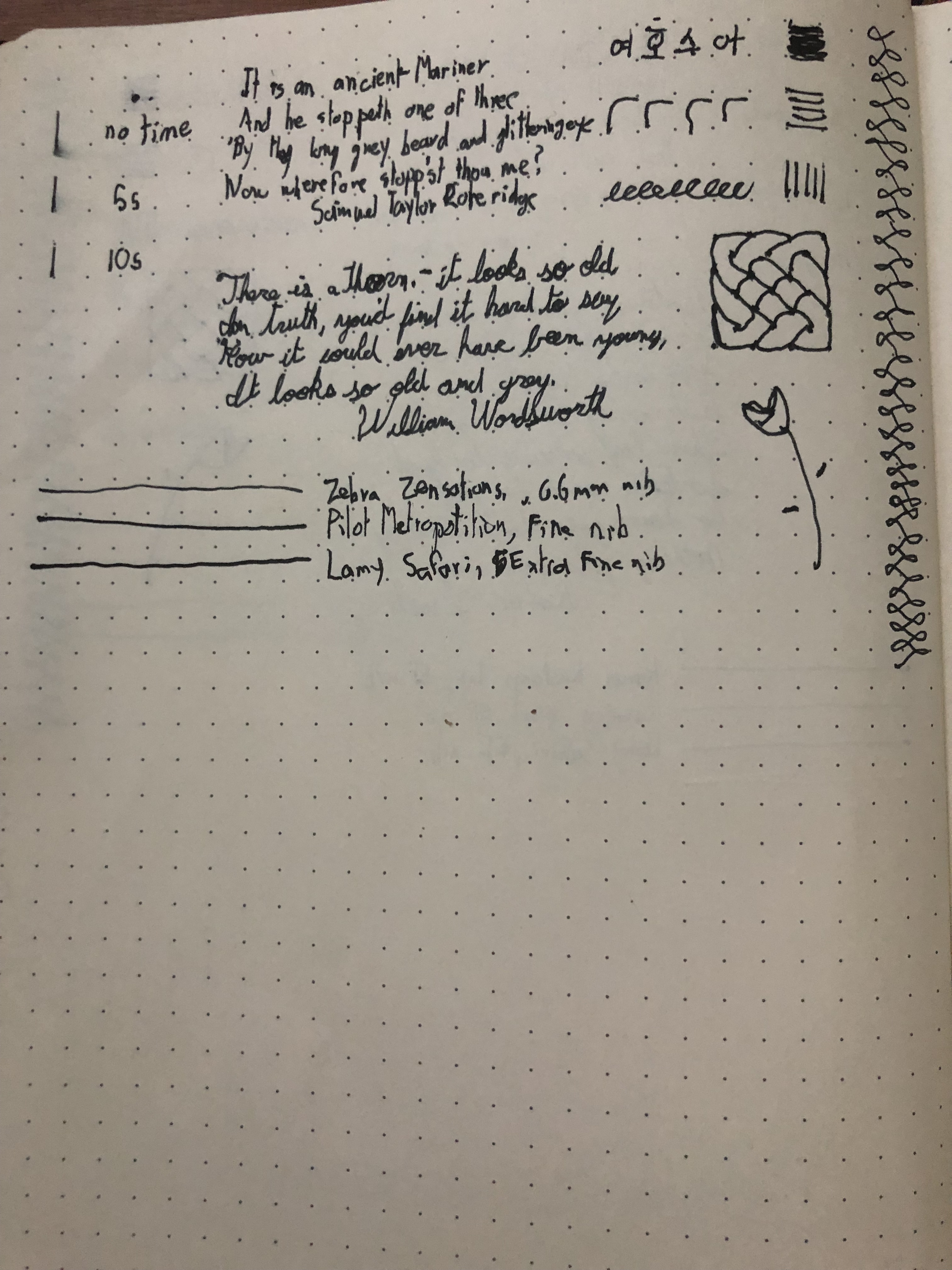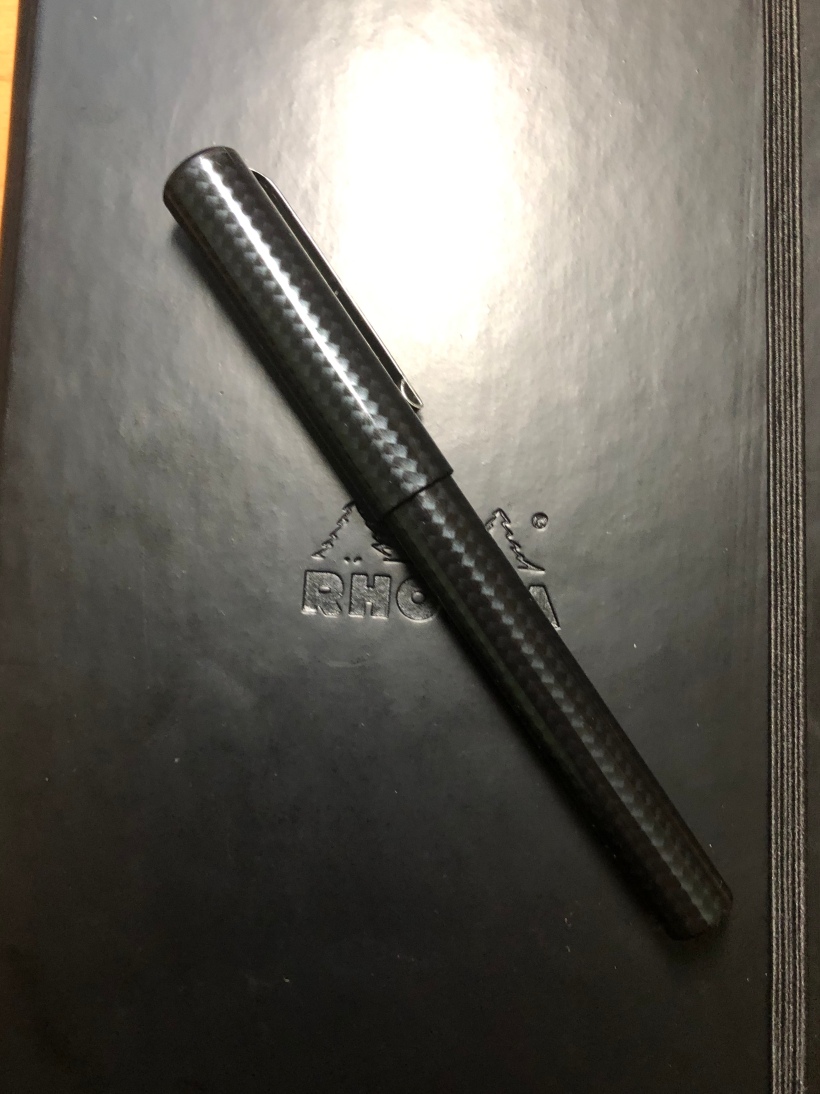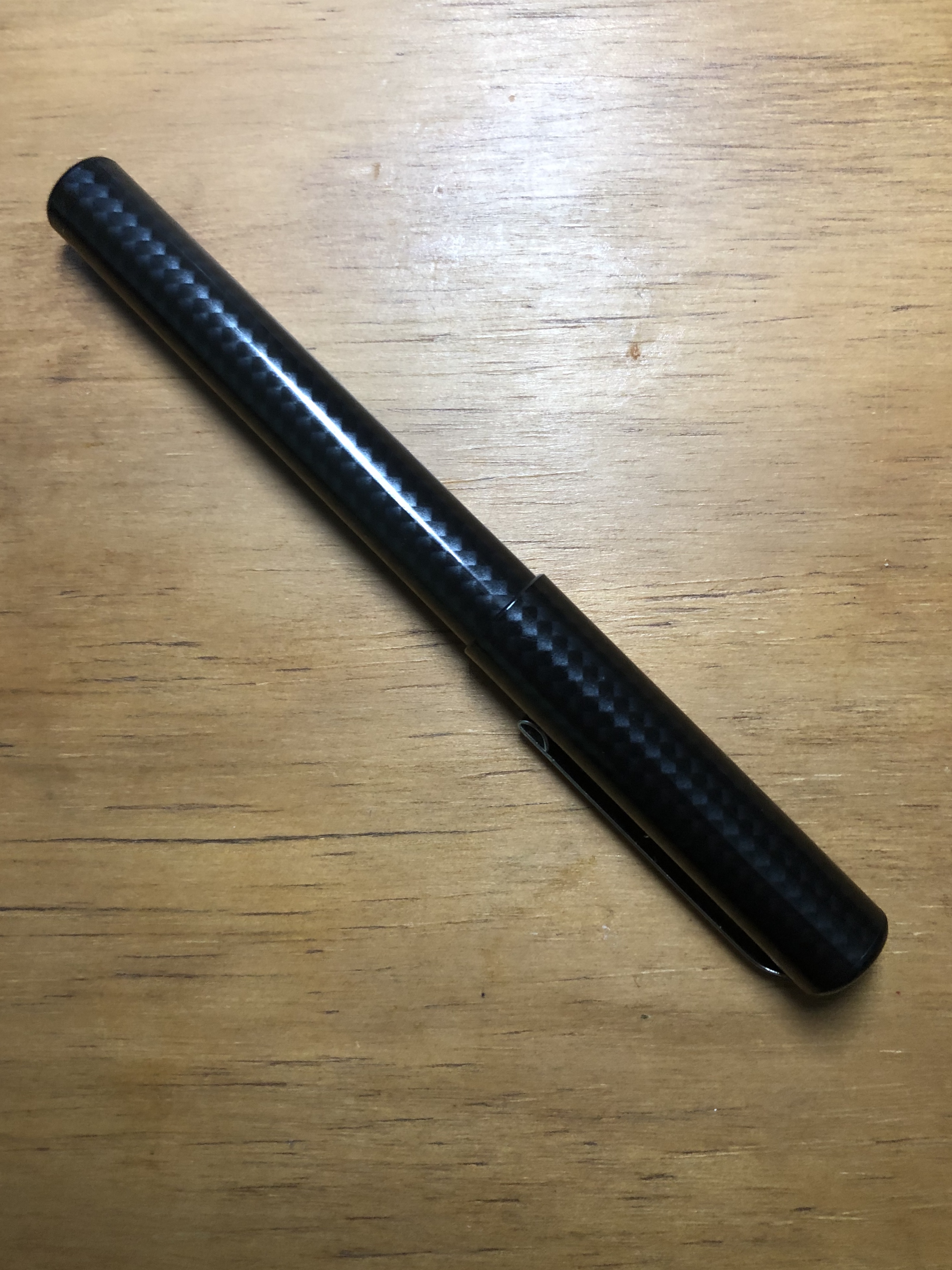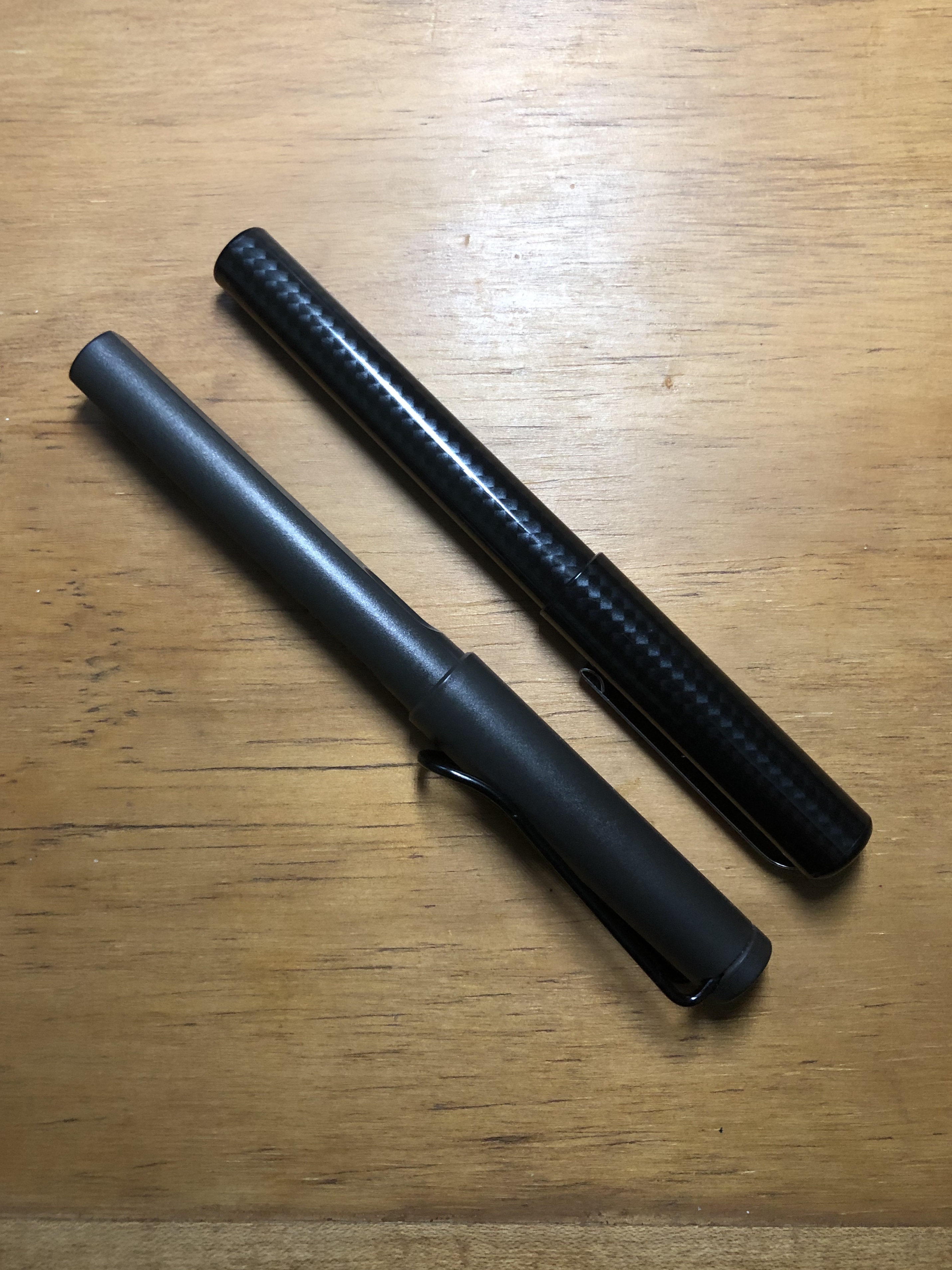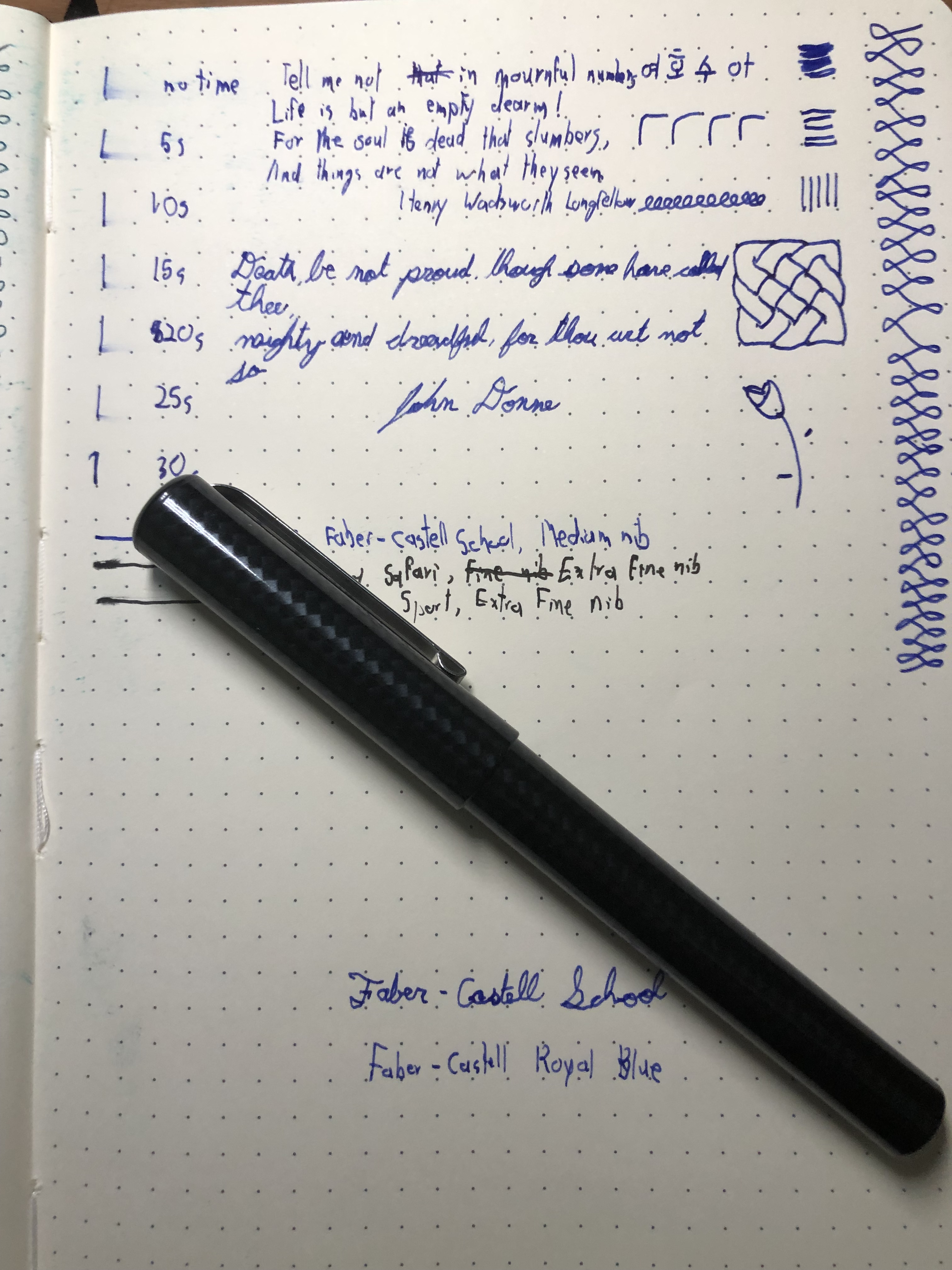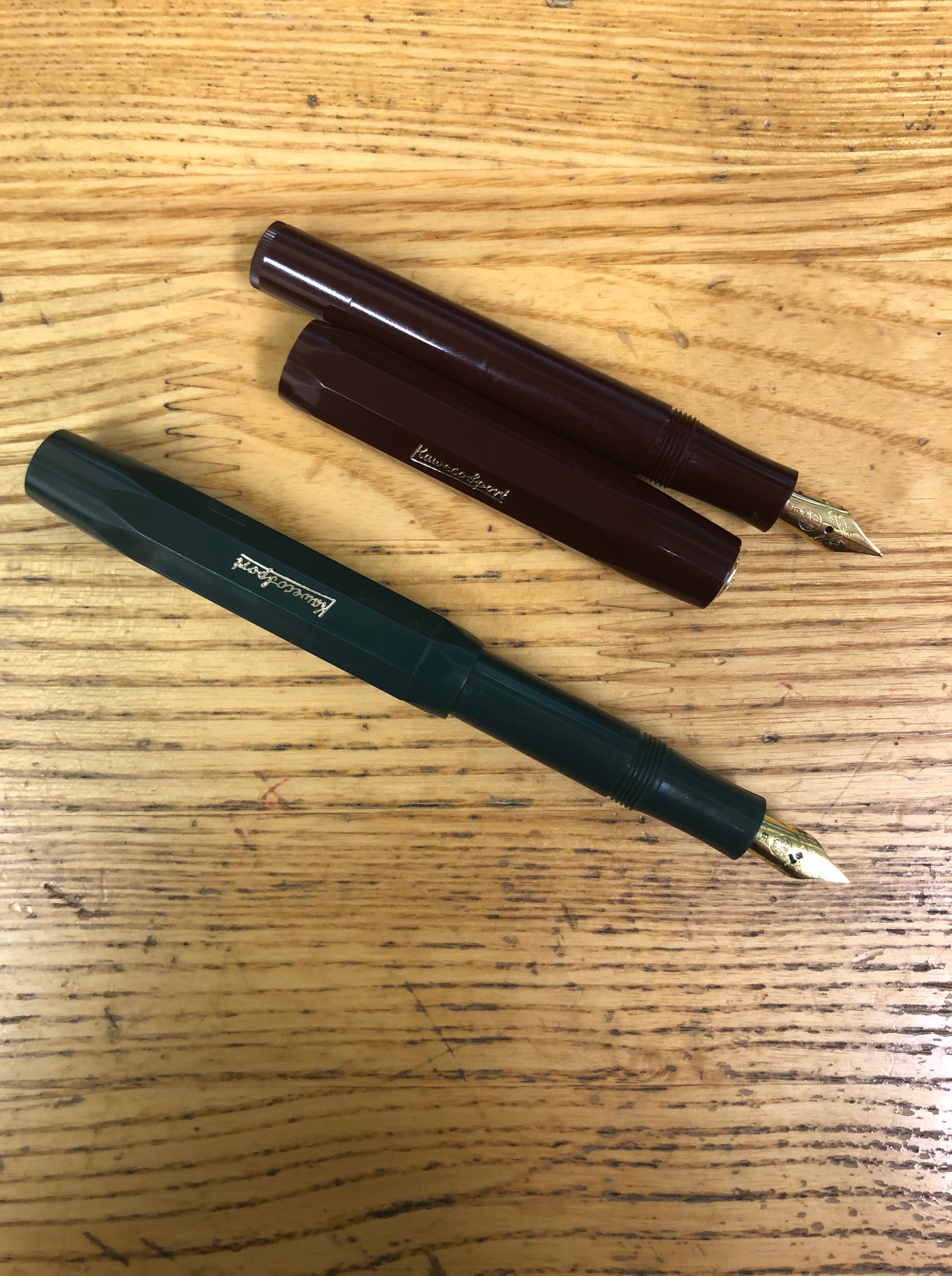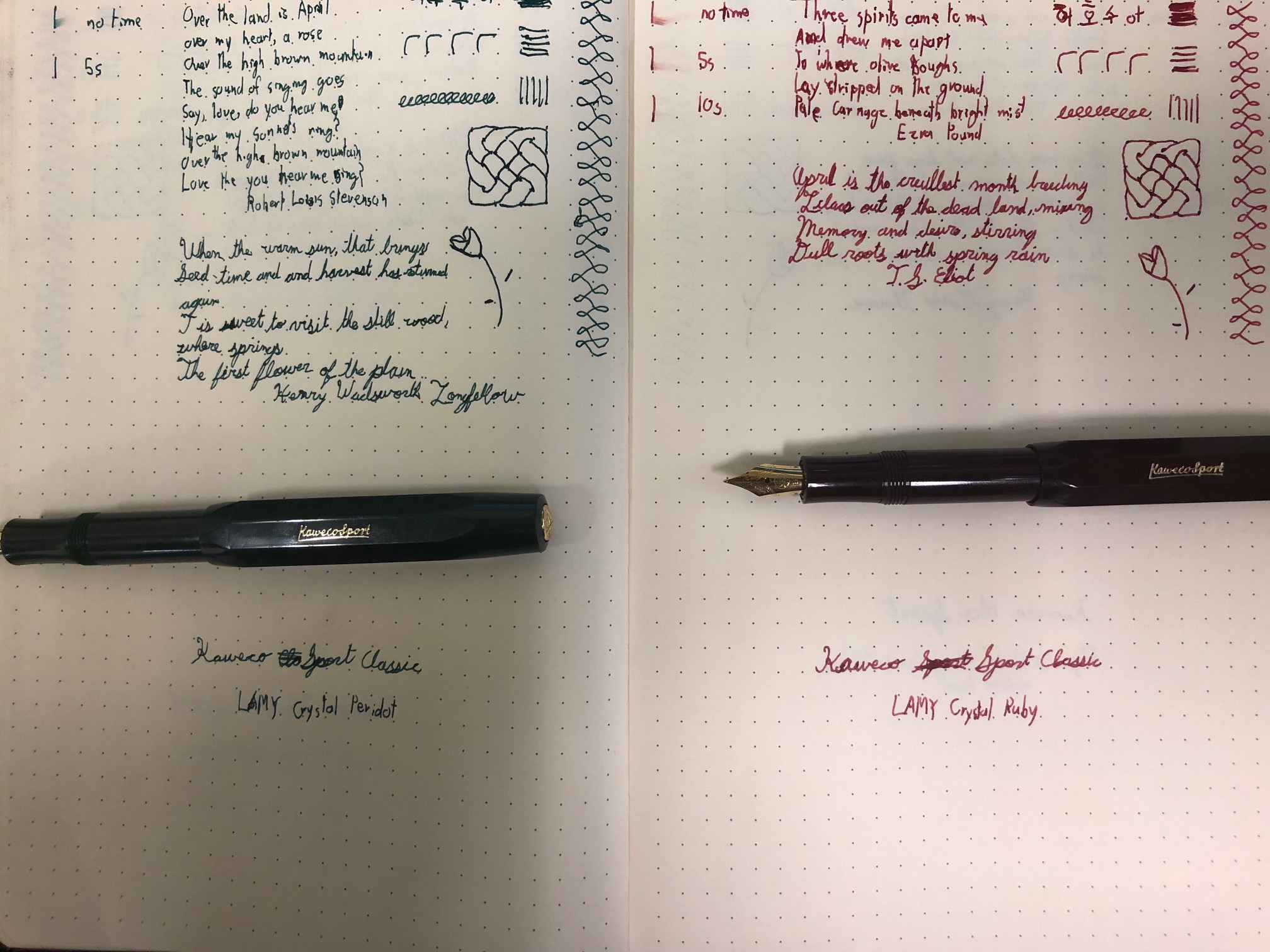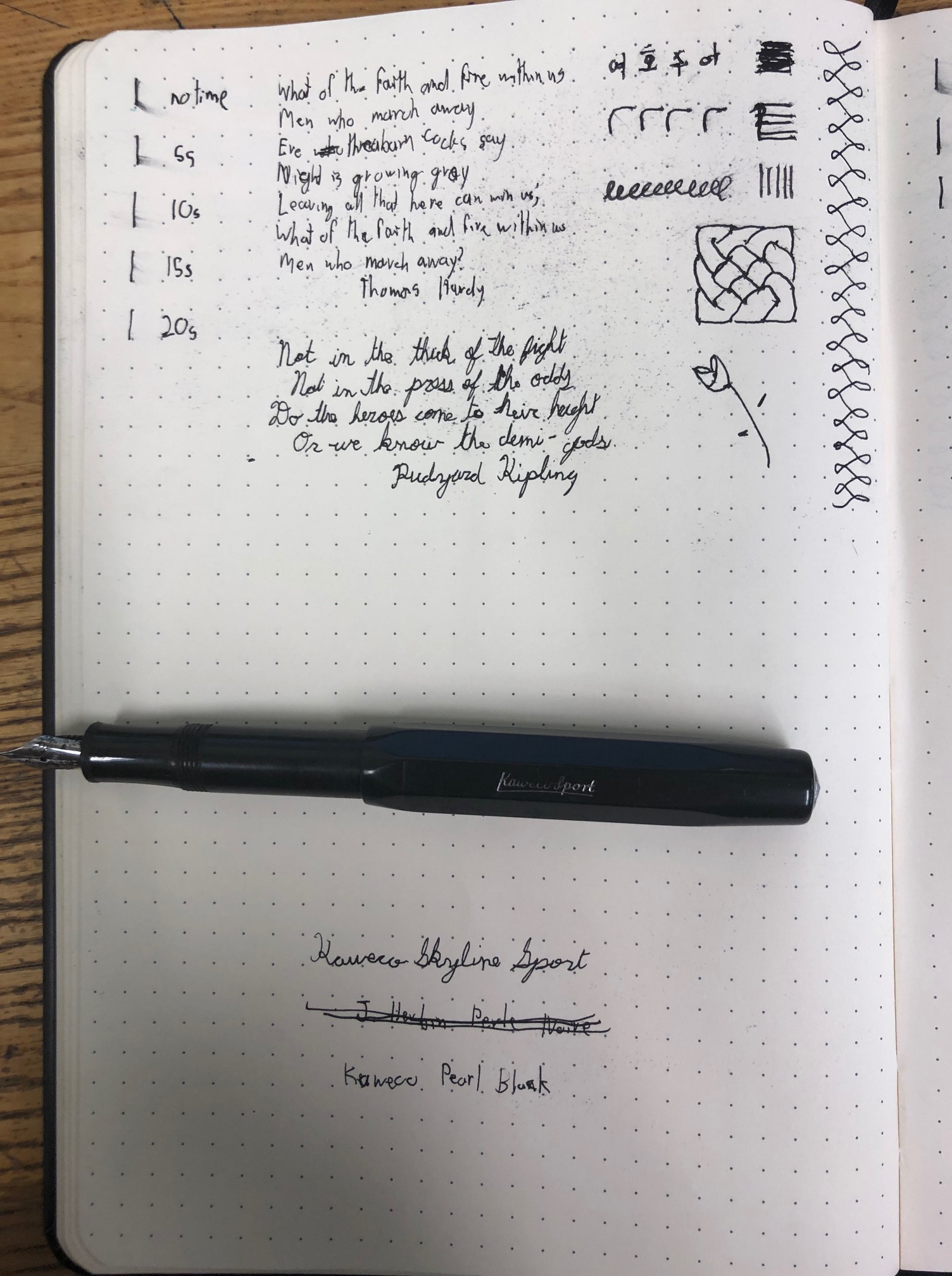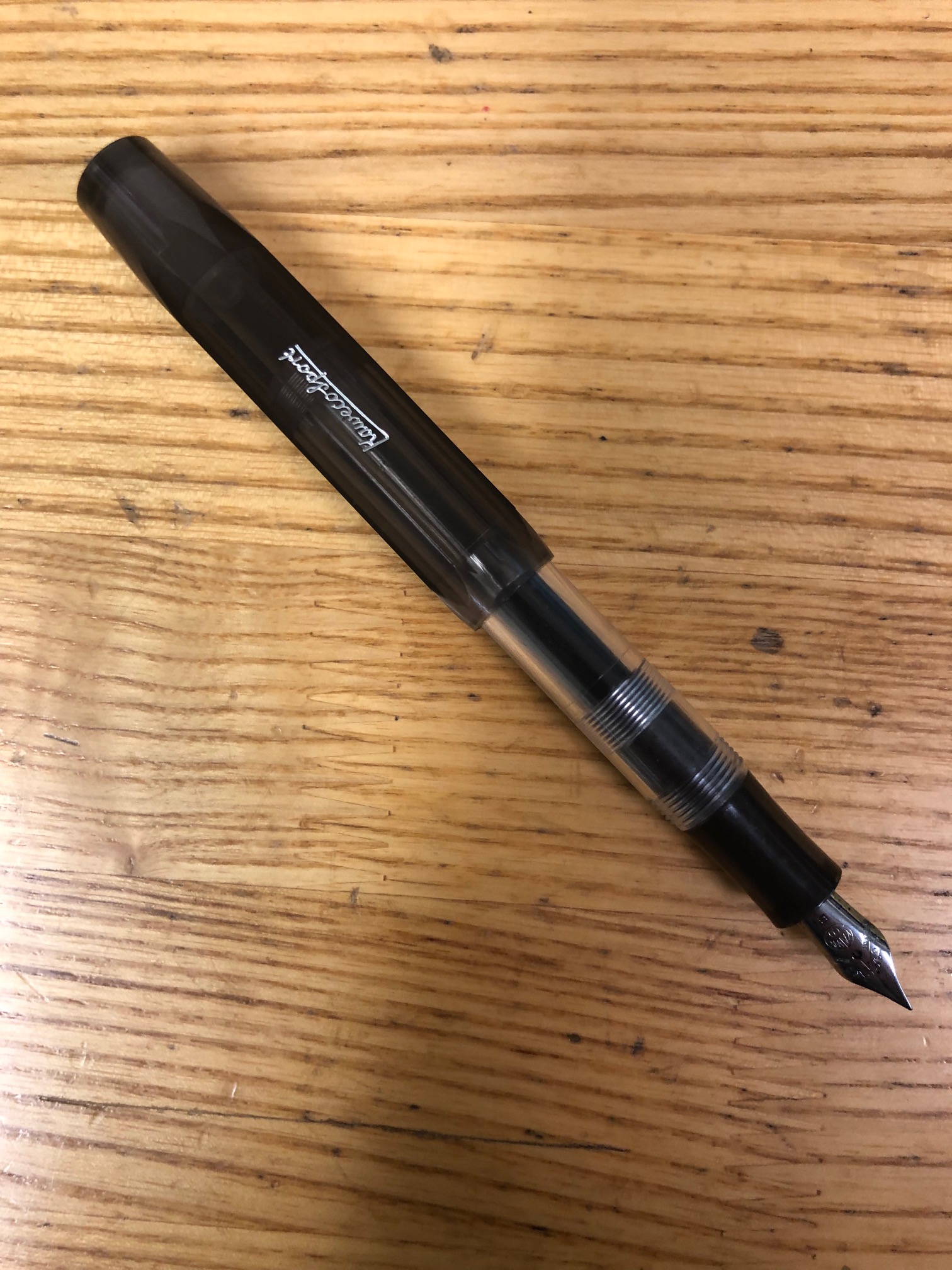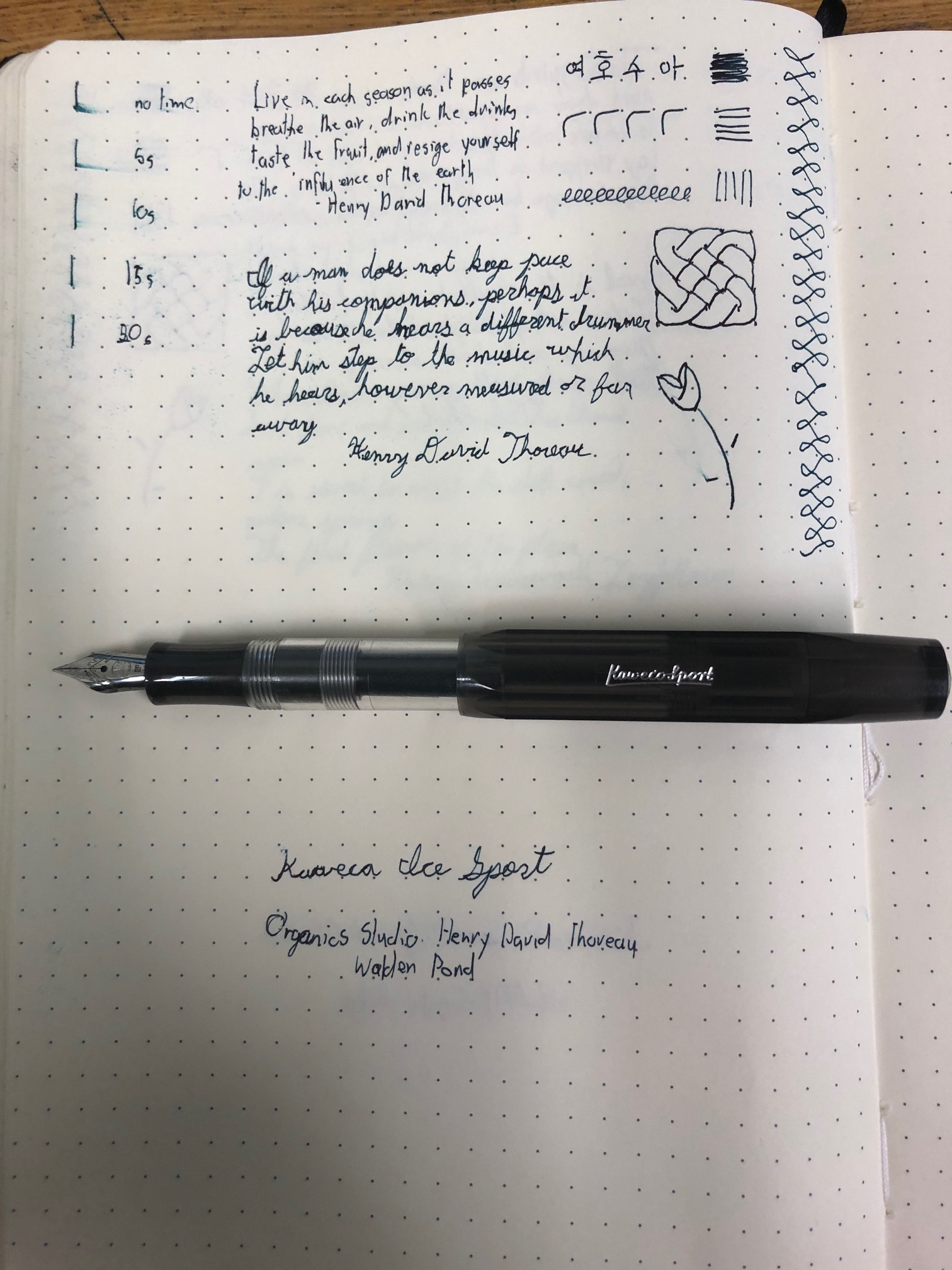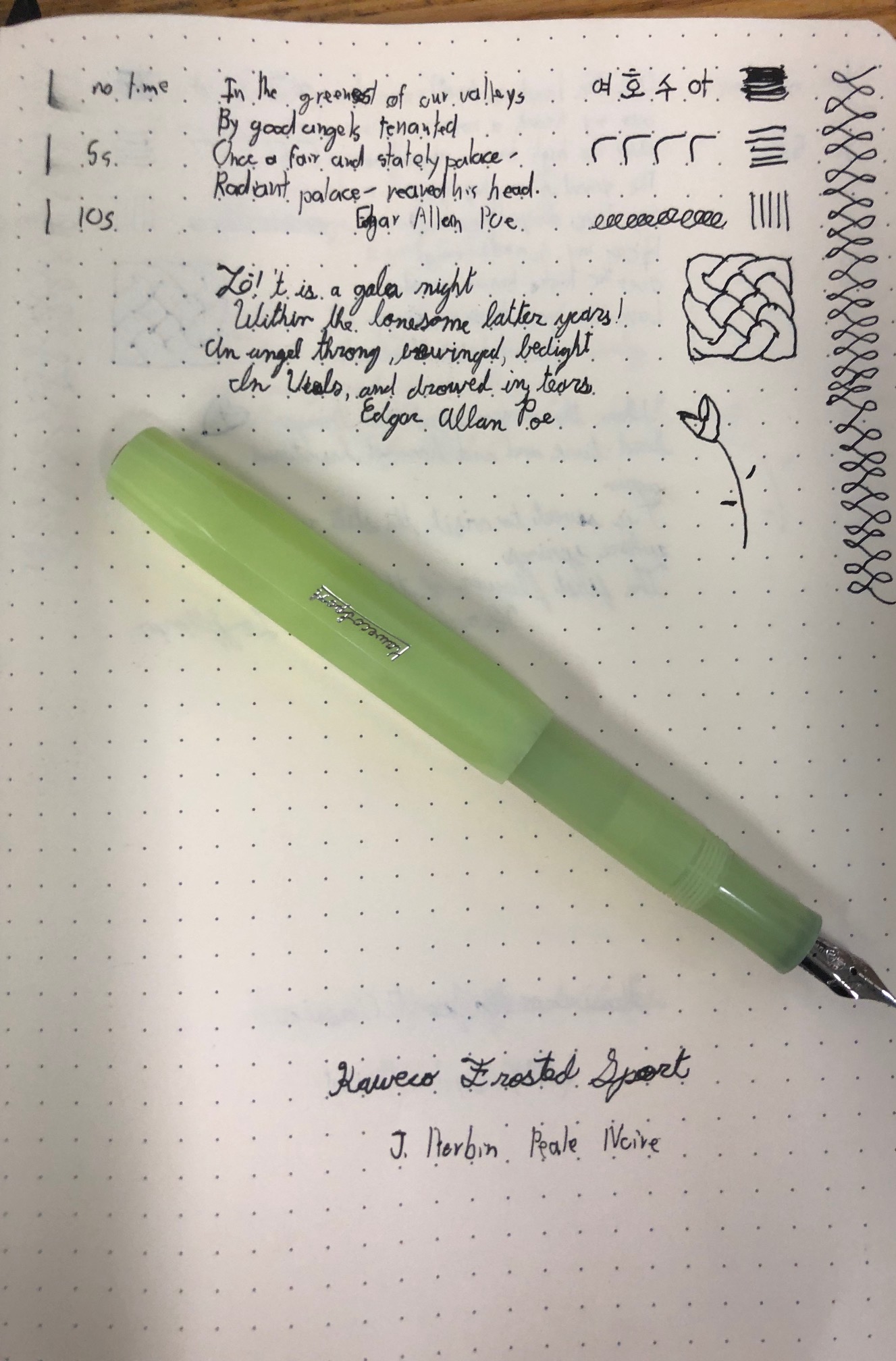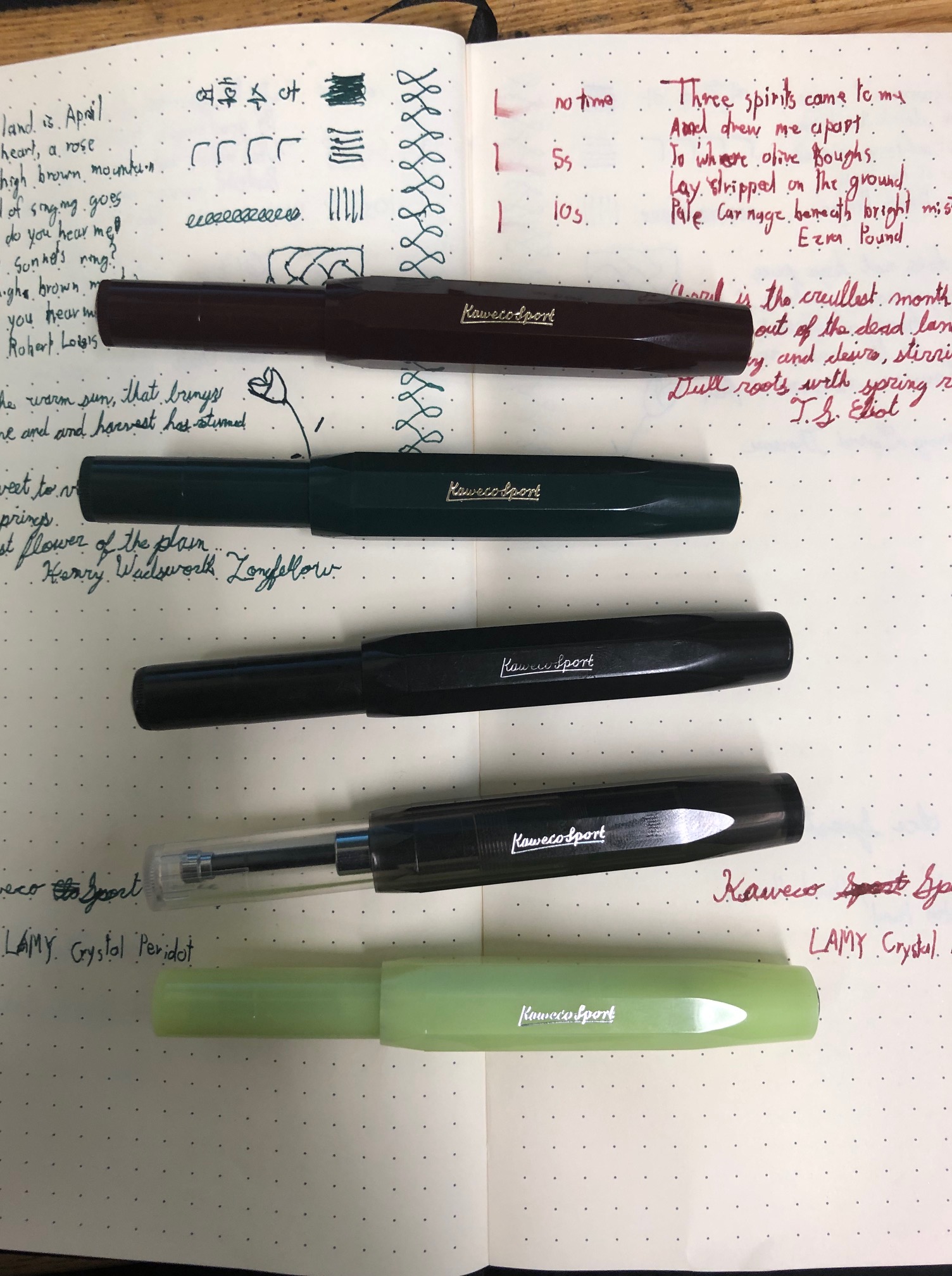Despite having this pen in my collection for a while, I never got around to reviewing the Perkeo. It’s a bit of an oversight on my part as it is firmly within the entry-level price range, and I generally like Kawecos. And while my list of favorite beginner fountain pens has remained unchanged from when I started keeping track, it’s always worth giving another pen to upend that list.
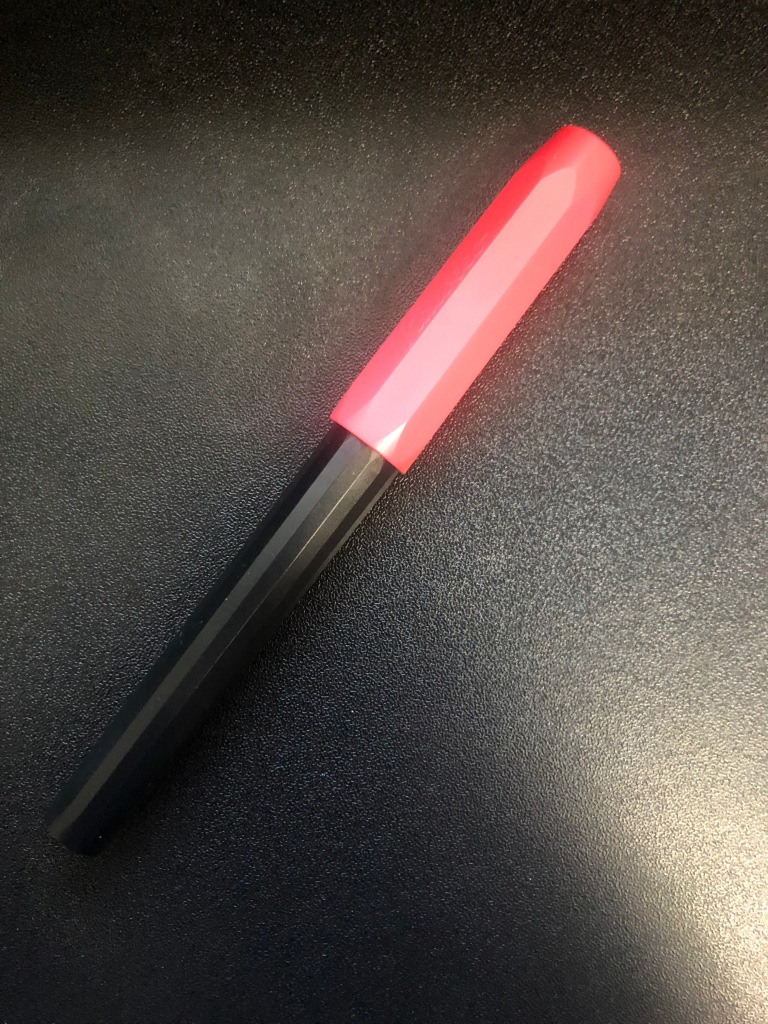
The Perkeo is a beginner fountain pen offered by the German company Kaweco, which also offers the pocket-sized Sport line. However, the more apt comparison would be with Lamy Safari, TWSBI Eco and Pilot Metropolitan, all entry-level, full-sized fountain pens. And this pen is falls right in line with the rest of them. The proportions are similar to that of the Safari and Eco, being about the same thickness and only slightly shorter. In fact, it’s as much of a middle ground as you can get between those two pens and the Metropolitan. As a result, it’s a familiar feeling pen, even having a moulded, three-sided grip like the Safari does. It’s not as pronounced as Lamy’s, but it’s significant enough to help line the pen up in one’s hand. Personally, I like this feature in pens, especially entry level ones. I think it helps teach a standard grip and I find it very comfortable. However, I know that some folks really don’t like the moulded grip and this might be a deal breaker for them. The pen is made from a smooth resin, which feels nice and warms well in the hand. I’ve never had a complaint with this material and I’m certainly not starting now.
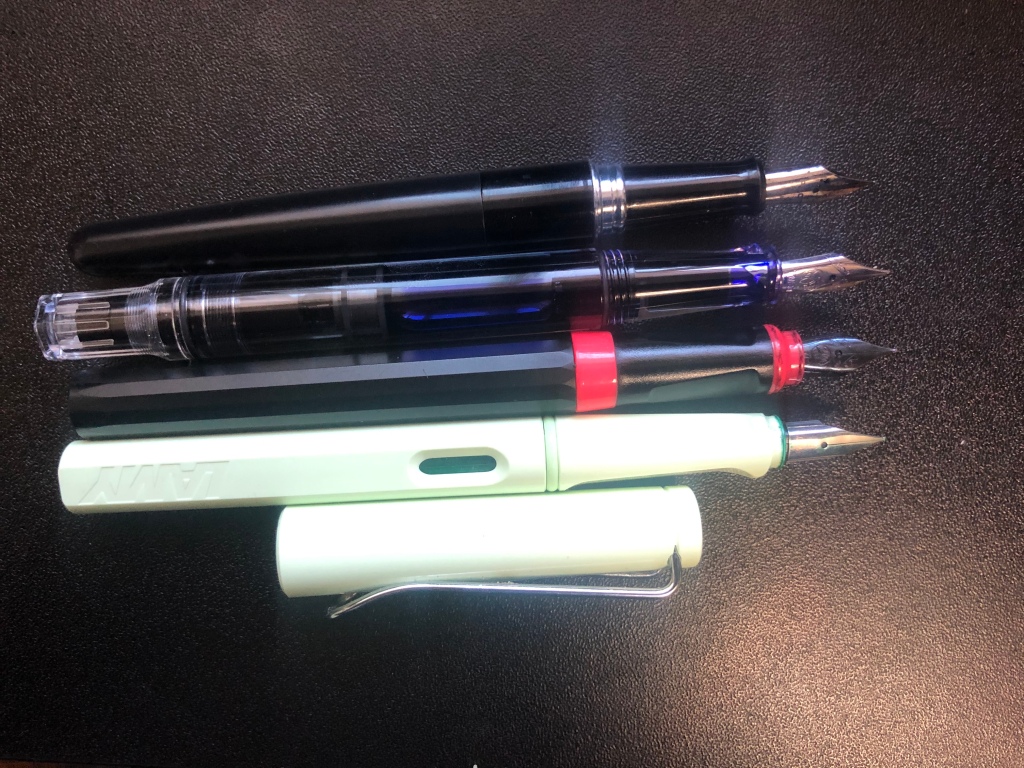
However, the design of this pen is unique, to say the least. The body above the grip is faceted with 16 faces. This is enough to make the pen feel very nearly round, but each side is pronounced enough that you know it’s there. It’s an interesting decision that I’m not sure what to make of. On one hand, I think it’s cool that this pen has its own style. On the other, I’m not sure if I like it. I certainly don’t find it offensive, but it just doesn’t excite me. If I’m being profoundly uncharitable, I would say it reminds me of a marker. Your mileage, as they say, may vary.
The colour scheme of the Perkeo continues the trend of of being unique. I have “Bad Taste,” which is the name of the colourway, not a reflection of me. It’s a black pen with a pink cap and highlights. There are a couple of other wild colourways, such as “Cotton Candy” (pink with grey,) and “Indian Summer” (yellow with black.) There are also a few more standard colours, such as an all black and a few pastelly ones. I will say that I’m not a big fan of the colours available except the all-black, but I can understand why people would like them.
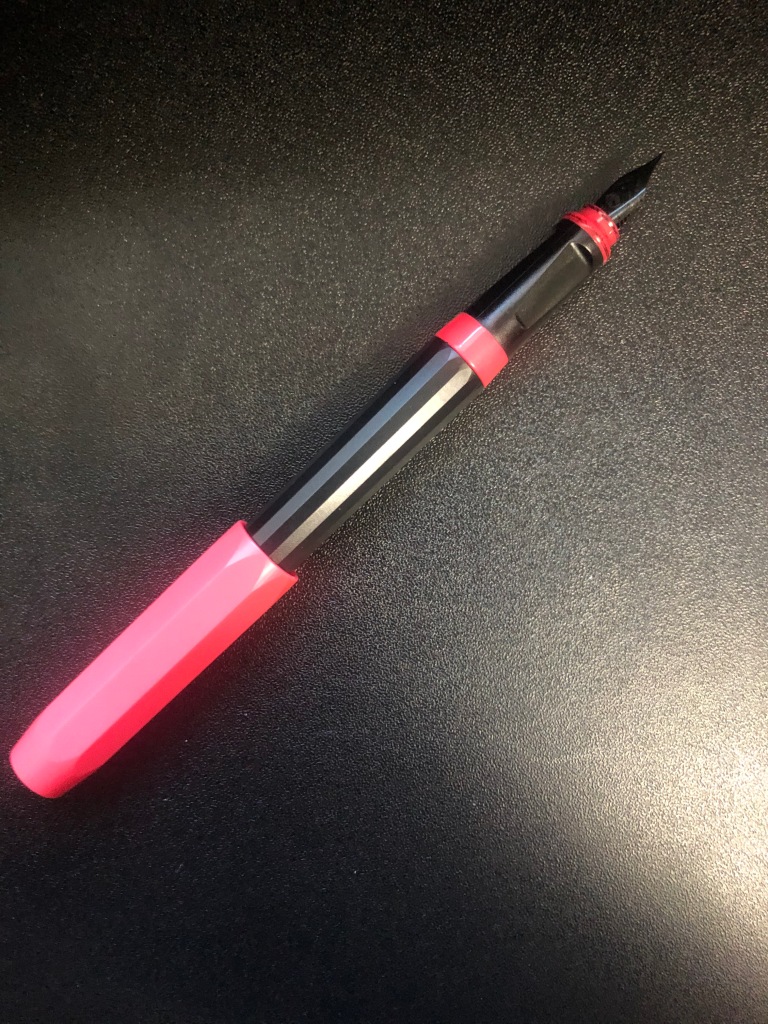
The cap is eight-sided, which makes it a great tool for preventing your pen from rolling away, with the Kaweco medallion on top. It’s a snap-cap, which holds to the pen very securely, but can be uncaped and recaped without using too much force, It is a postable cap, but I find that the writing experience is fairly similar with it posted or not. It is also worth noting that this pen does not have a clip, though one can be purchased separately.
The Perkeo weighs about 12 grams, which is certainly average for these pens, if a bit light for my liking. However, I like heftier pens and it’s not that for off, so this is not a negative note for it at all.
This is a cartridge filling pen, which makes it a good on-the-go pen since you don’t have to worry about a filling mechanism. It takes standard international cartridges and comes with a standard short international cartridge, However, if you’d like to use bottled inks, like I did, it takes both the Kaweco converter, which I would avoid, and the Schmidt K5.
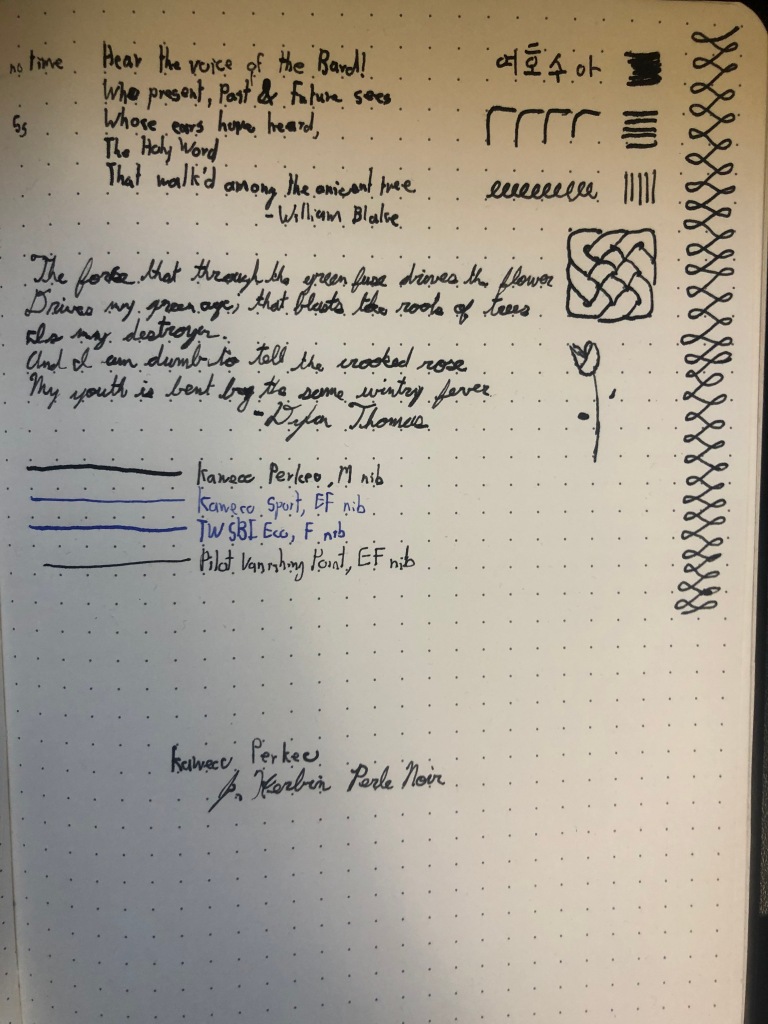
Now, the writing experience is where I’ve been sleeping on this pen. It has a proprietary steel nib available in medium and fine, which isn’t a lot of options. My pen has a medium nib, which is wider that I would like, but that doesn’t dampen my opinion of how this pen writes. It’s a very nice experience. It’s very smooth and puts down a lot of ink. I’d definitely recommend using a quick drying ink, such as J. Herbin Perle Noir, if you’re a lefty like me, but it certainly isn’t too wet and the line width is in line with other German nibs. I’ve had no issues testing it in my Rhodia Webnotebook and I’m confidant enough to say that this is a very consistent and very good pen.
The entry-level pen market is tough. At $17.00, it’s one of the cheaper options there is from a bigger brand. And there’s no objective reason to avoid this pen. It writes well, it feels good in the hand, it has a grip that I like and it does everything that I would want it to. I’d recommend it as a first fountain pen. The only real downside is the limited nib selection, which is a bummer. Even when I was starting out, I quickly learned that I liked finer nibs than this pen has to offer. Despite that, I know most of my hesitation with this pen is because I’m not fond of the aesthetic. If you’re like me, or you don’t like the triangular grip, there are options that would suit you for slightly more; that’s what makes this price point tough. However, based on the writing experience alone, I’d gladly recommend it and consider it on the conversation for best beginner fountain pen.
This pen was purchased second-hand but in good condition with my own funds.
